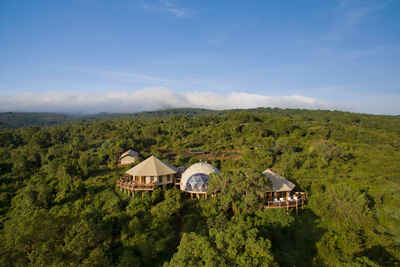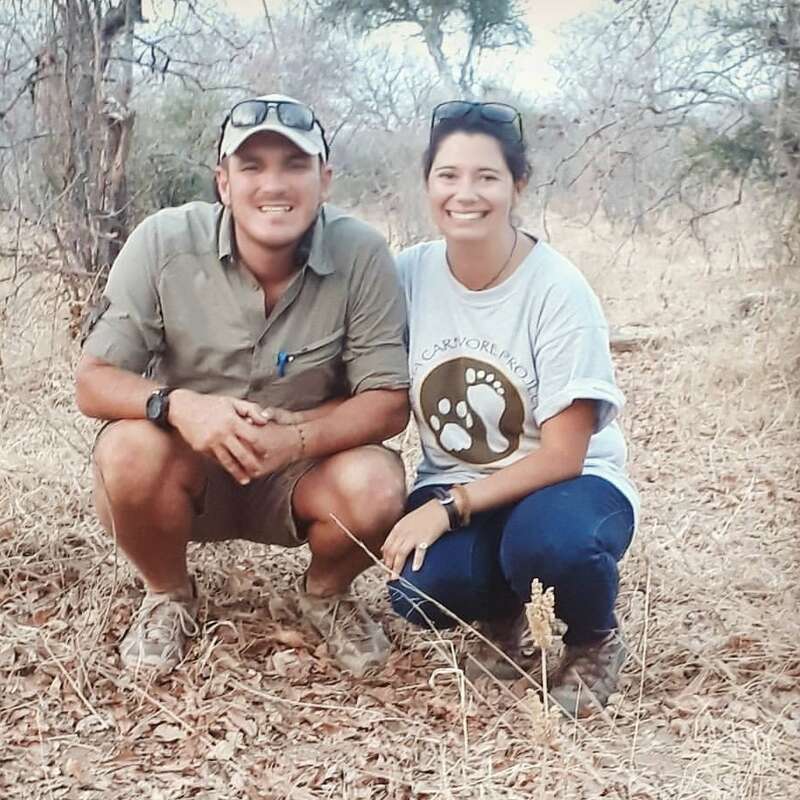About The Highlands
The Highlands is located north of the Ngorongoro Crater, far from other camps in a forested area near the ...
... Olmoti Volcano. The design is unique – you won't find another camp like this anywhere else in East Africa.
The big draws of The Highlands are its location – far from other camps in the area and with beautiful views – and the opportunity to do some great walks and cultural activities, all from a stunning property with good food, service and guiding. Although this not one of the closest options for the Ngorongoro Crater, the drive there is beautifully scenic. If you can cope with a chilly start to the day, and are not looking for a typical safari camp, we think The Highlands is an inspired choice.
Our view
The big draws of The Highlands are its location – far from other camps in the area and with beautiful views – and the opportunity to do some great walks and cultural activities, all from a stunning property with good food, service and guiding. Although this not one of the closest options for the Ngorongoro Crater, the drive there is beautifully scenic. If you can cope with a chilly start to the day, and are not looking for a typical safari camp, we think The Highlands is an inspired choice.
Accommodation
8 dome tents
Children
Best for 12+
Open
All year
Activities

4WD Safari

Birdwatching

Cultural excursion

Guided walking safari

Private activities
Traveller reviews of The Highlands
26 real, un-edited reviews from Expert Africa's travellers.
Arrived 15 Nov 2024, 3 nights
"The Highlands review"
Overall rating: Excellent
Arrived 21 Sep 2023, 2 nights
"The Highlands review"
Overall rating: Excellent
Arrived 7 Sep 2023, 2 nights
"The Highlands review"
Overall rating: Excellent
Arrived 30 Aug 2023, 3 nights
"The Highlands review"
Overall rating: Excellent
Arrived 21 Jul 2023, 3 nights
"The Highlands review"
Overall rating: Average
Arrived 6 Sep 2022, 3 nights
"The Highlands review"
Overall rating: Average
Arrived 27 Aug 2022, 3 nights
"The Highlands review"
Overall rating: Good
Arrived 24 Jul 2022, 2 nights
"The Highlands review"
Overall rating: Excellent
Arrived 4 Oct 2021, 2 nights
"The Highlands review"
Overall rating: Excellent
Arrived 16 Sep 2021, 3 nights
"The Highlands review"
Overall rating: Excellent
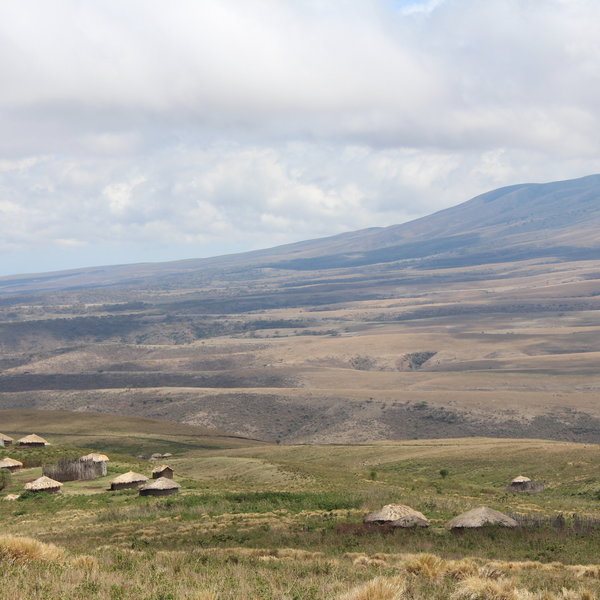
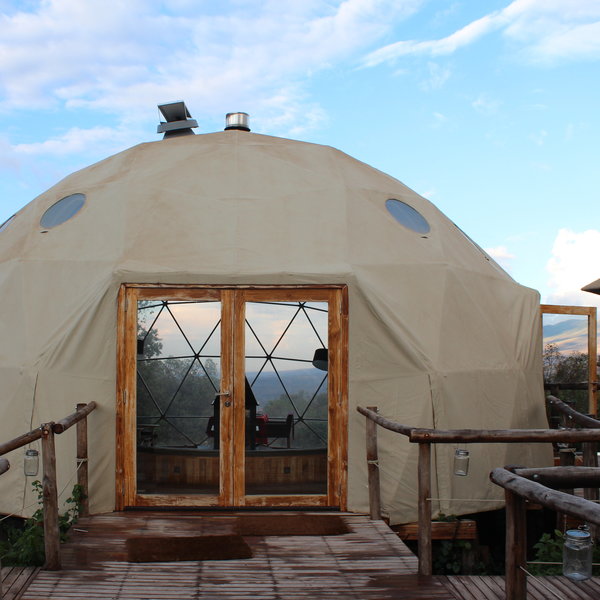
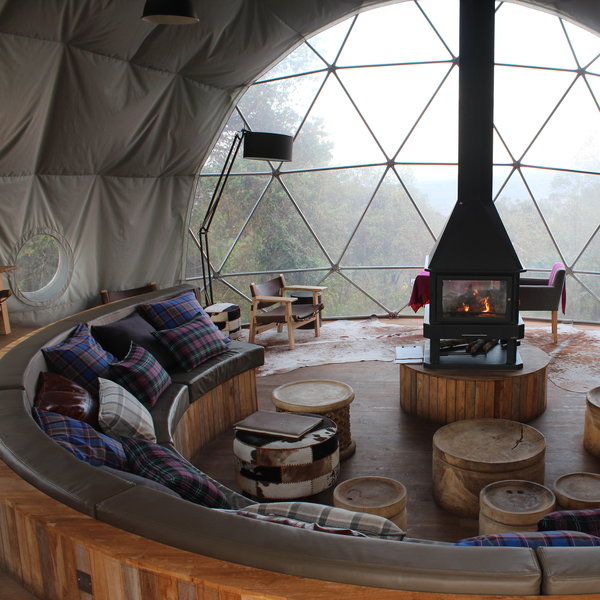
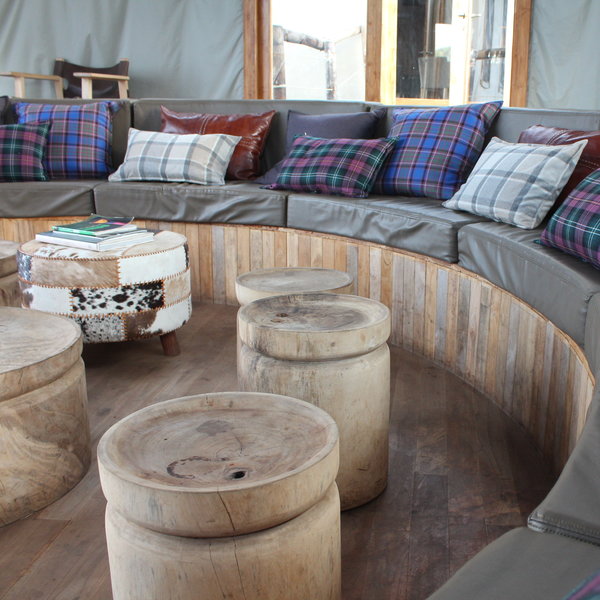
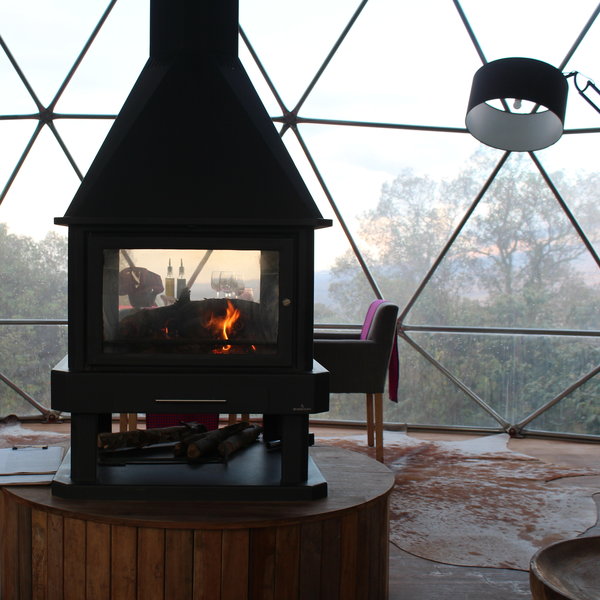
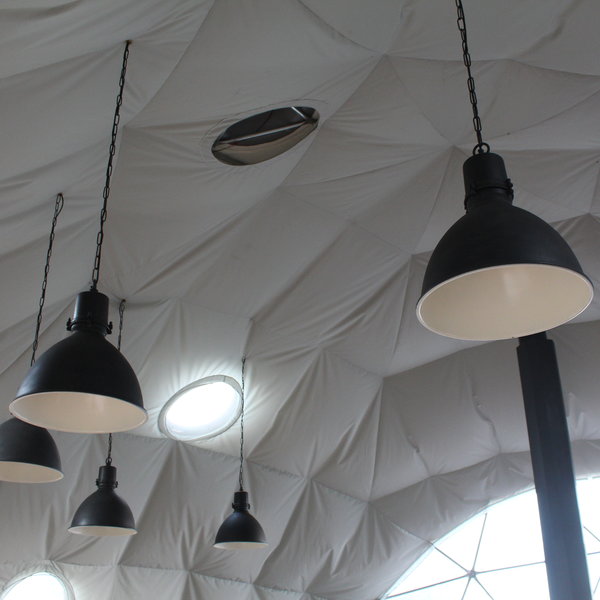
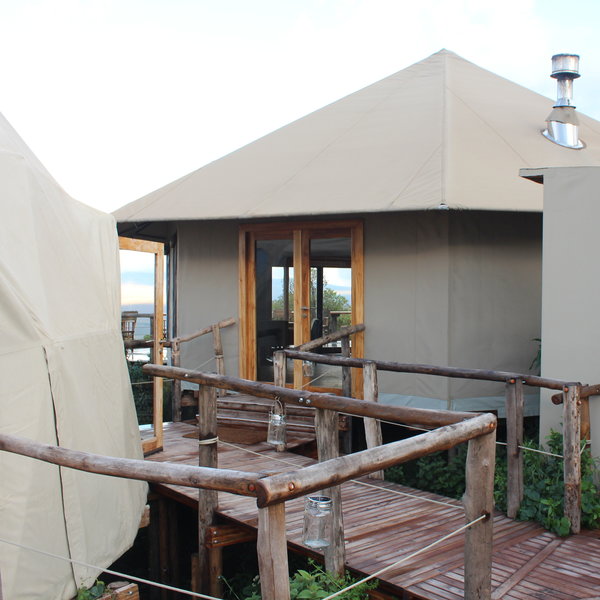
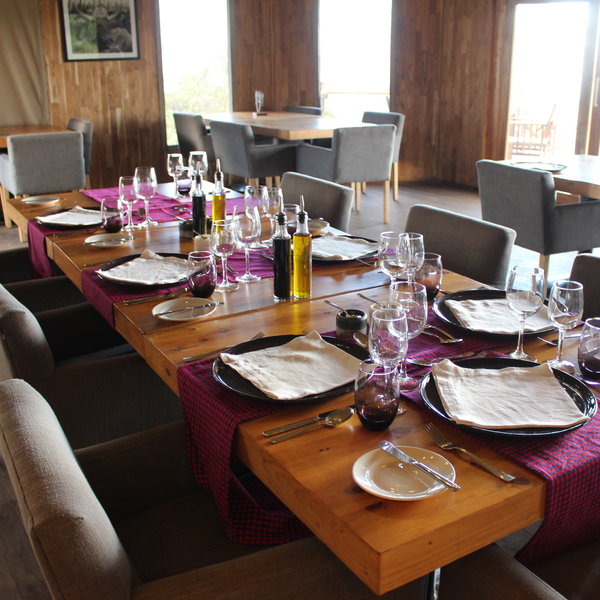
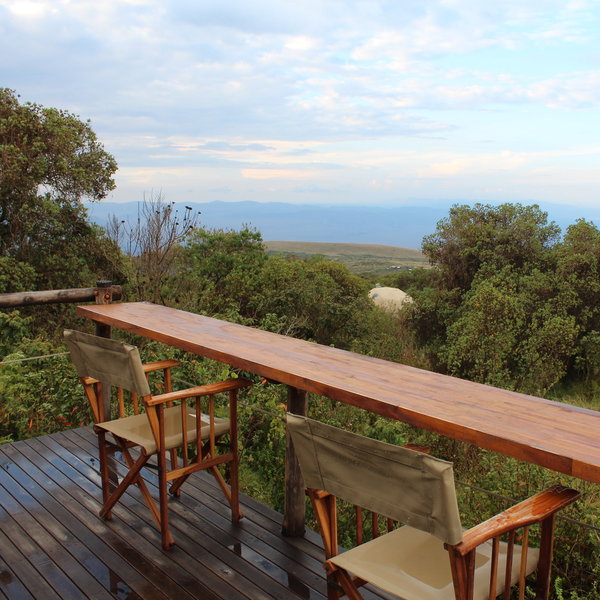
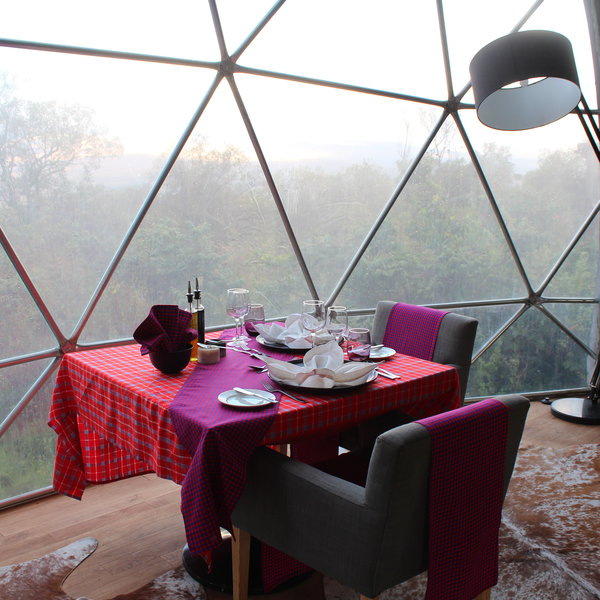
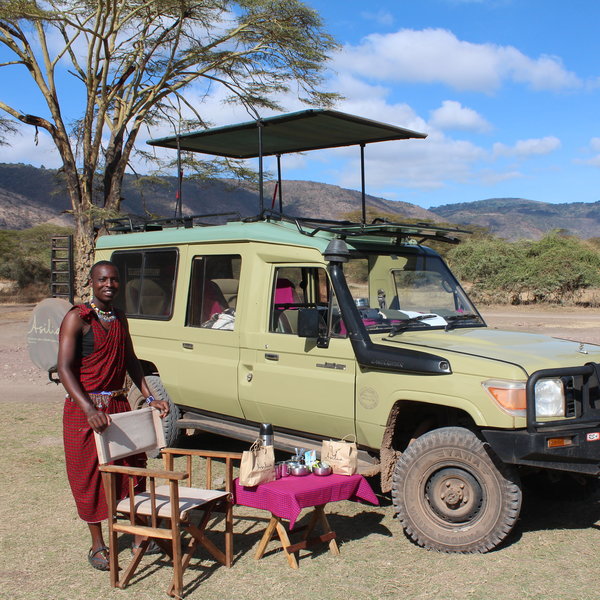
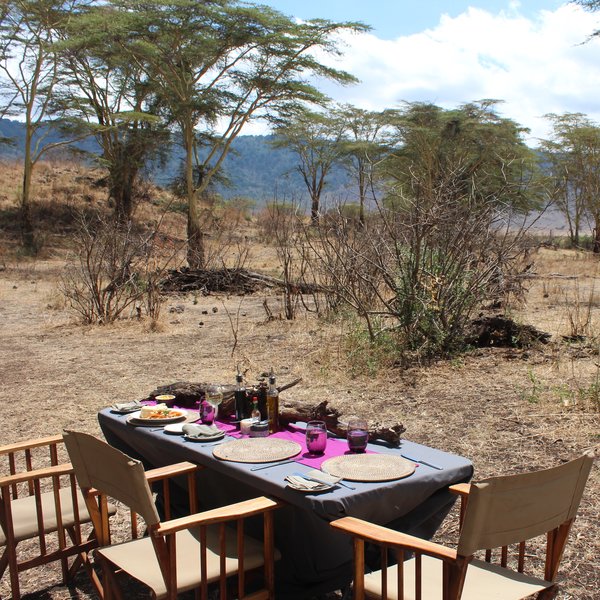
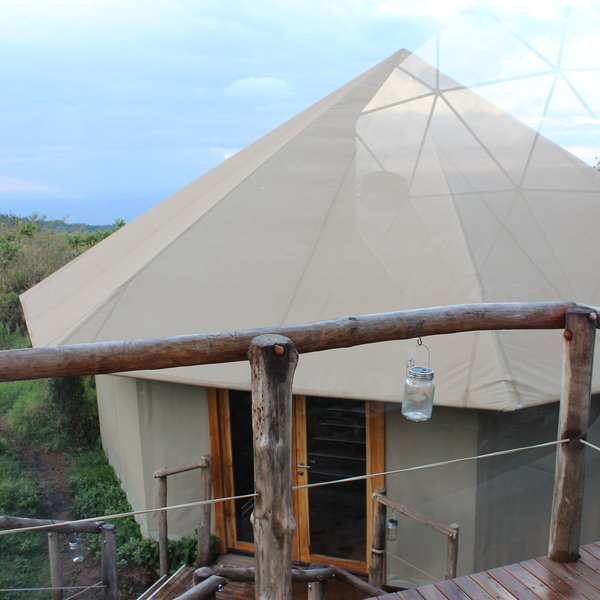
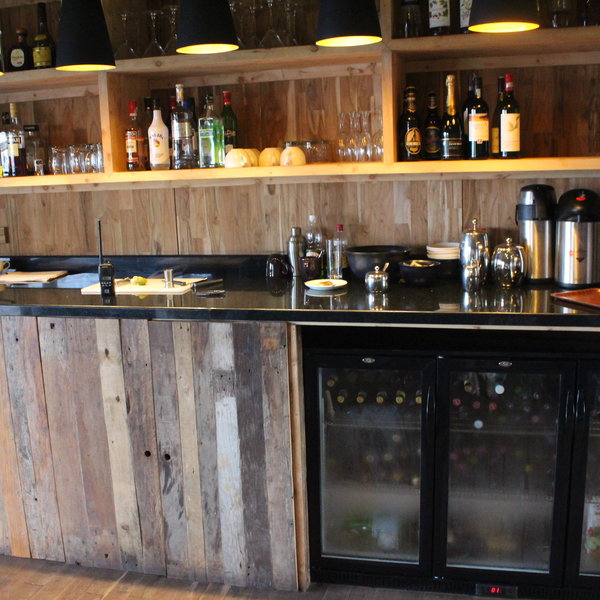
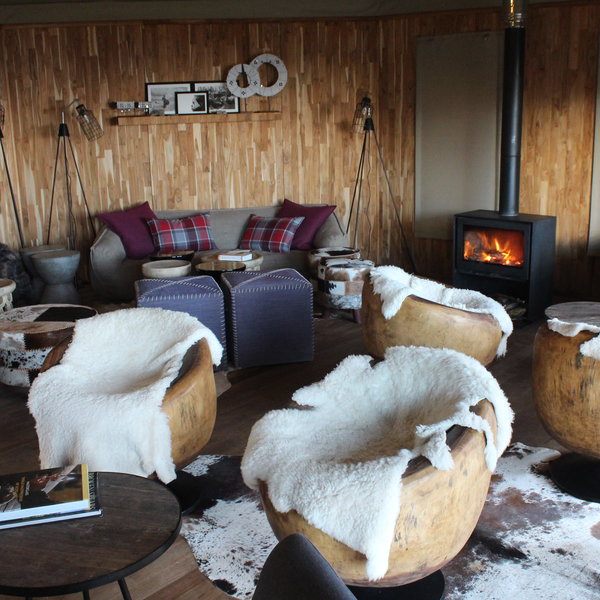
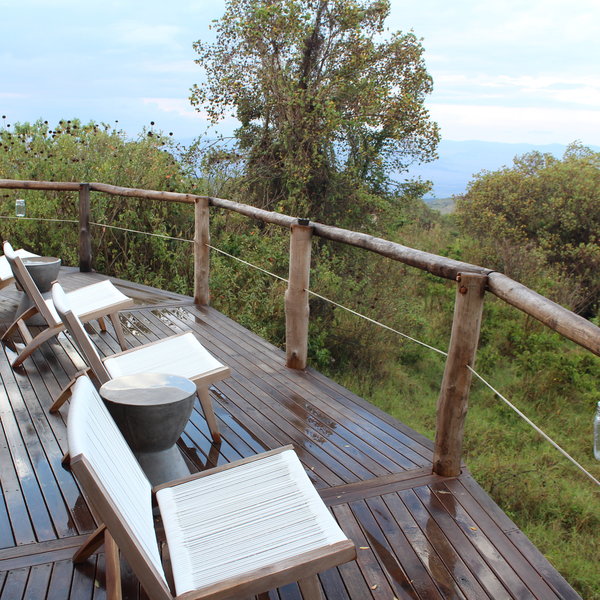
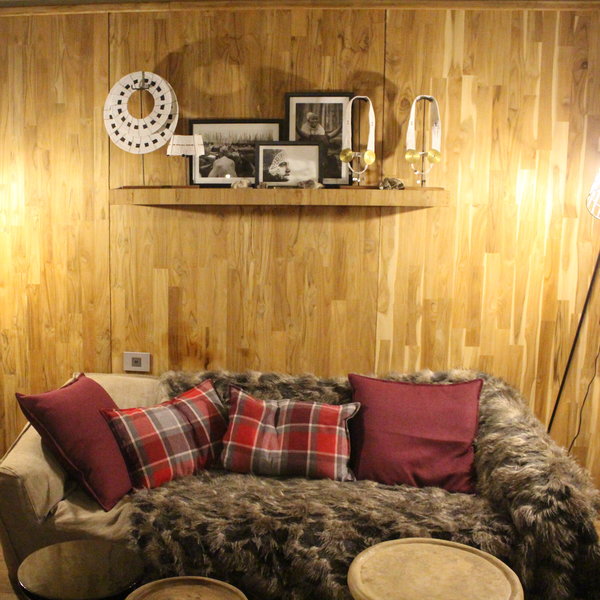
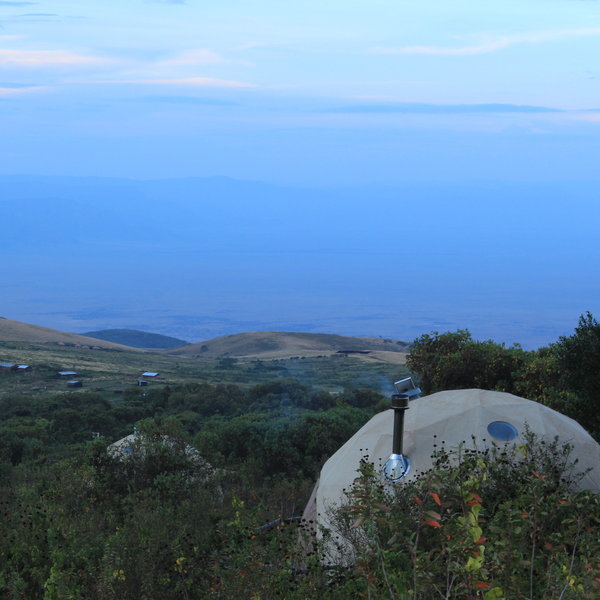
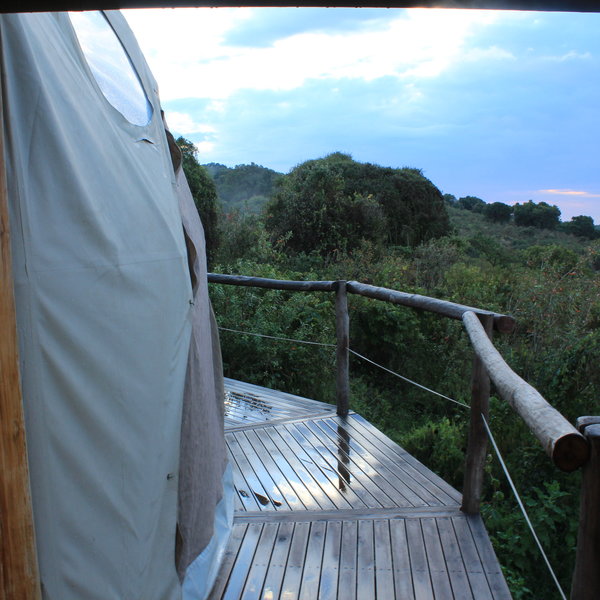
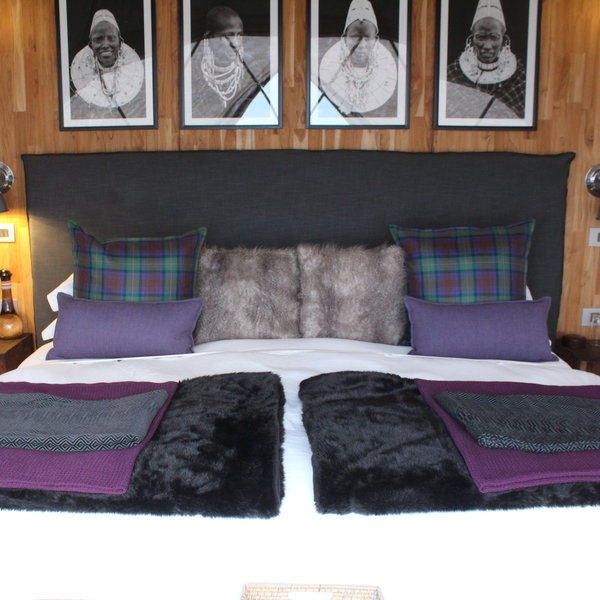
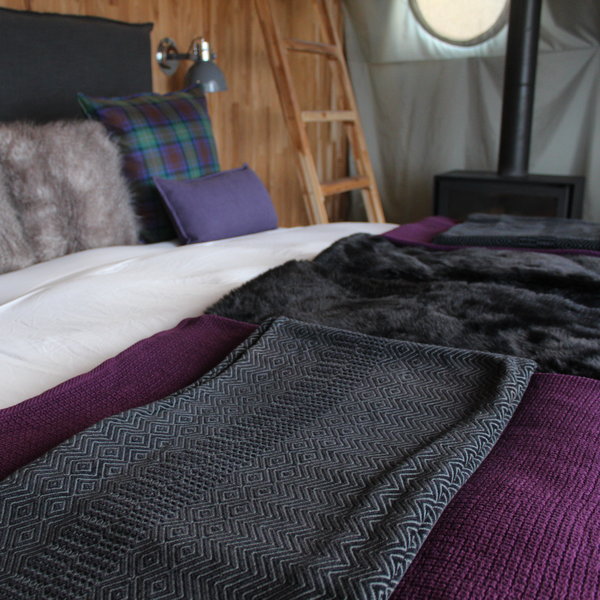
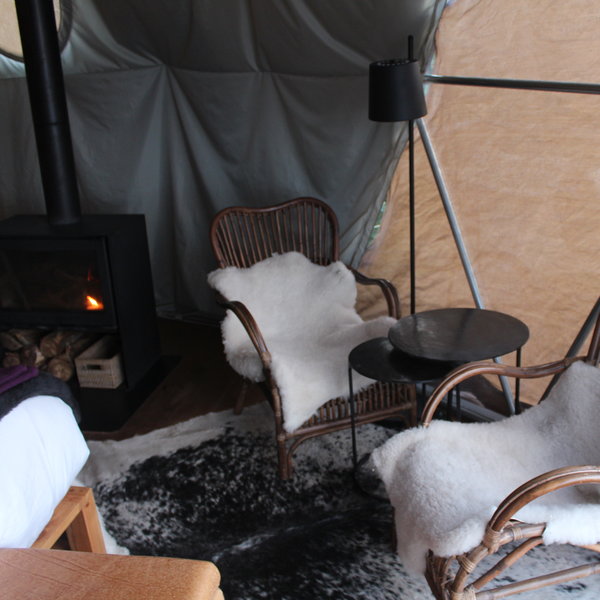
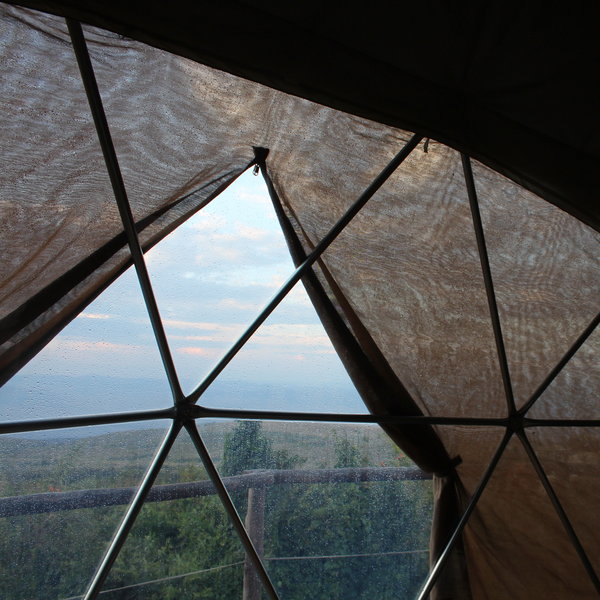
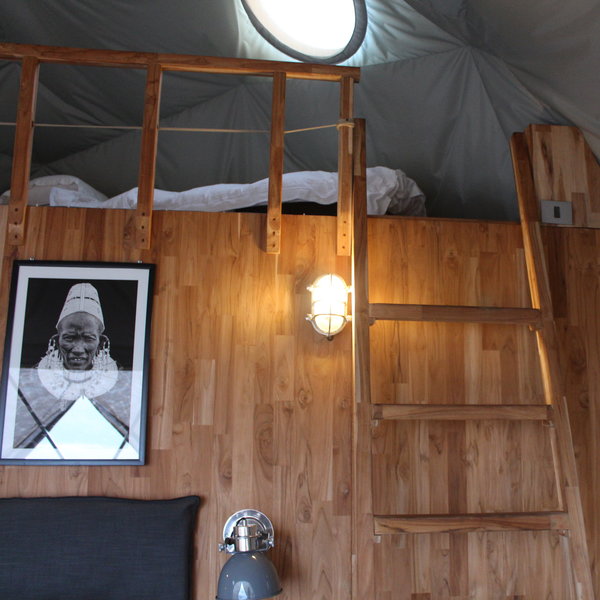
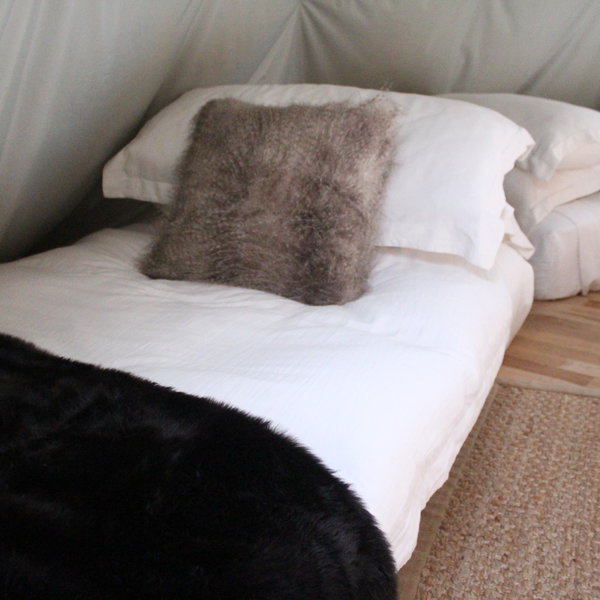
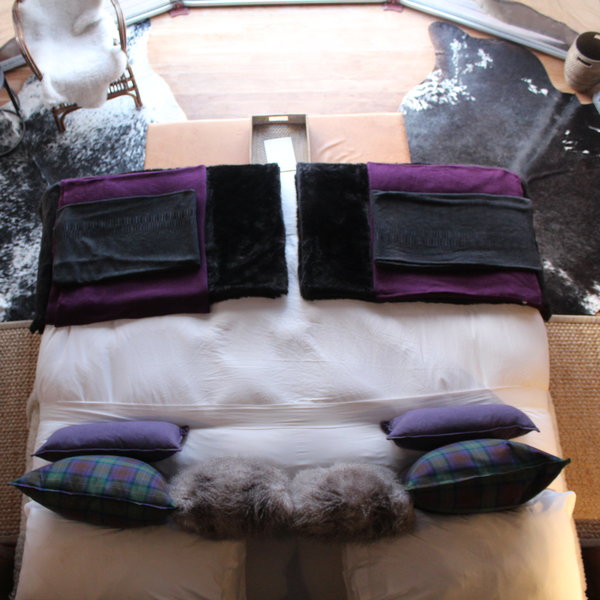
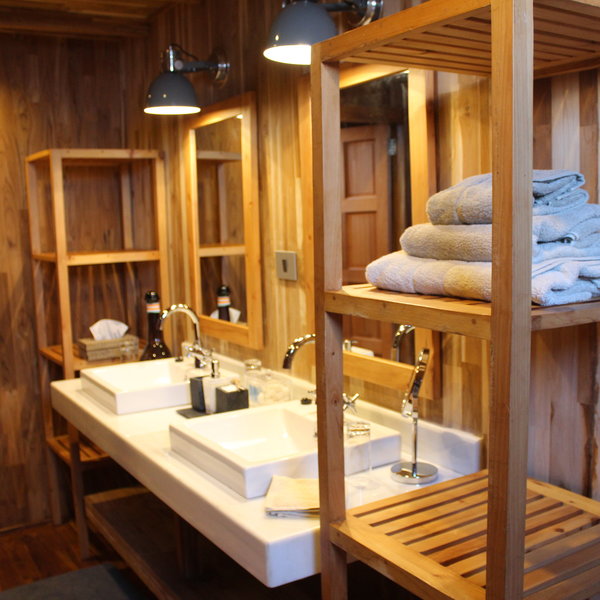
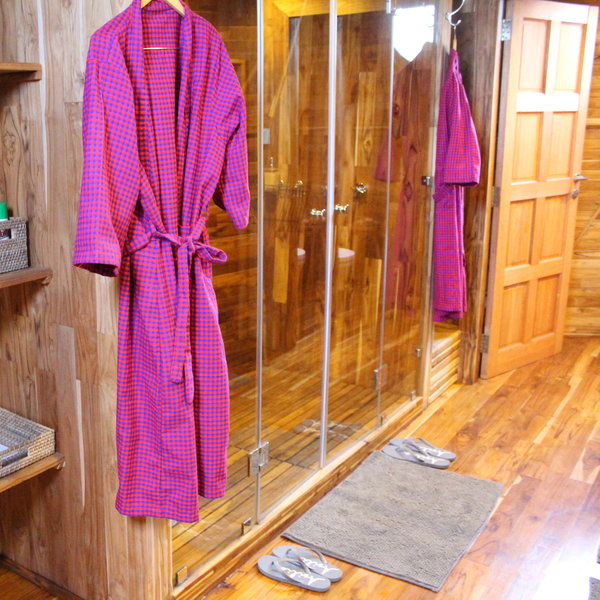
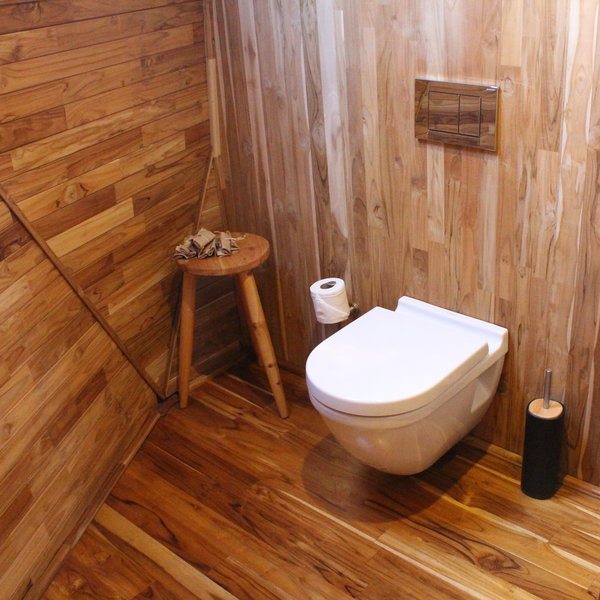
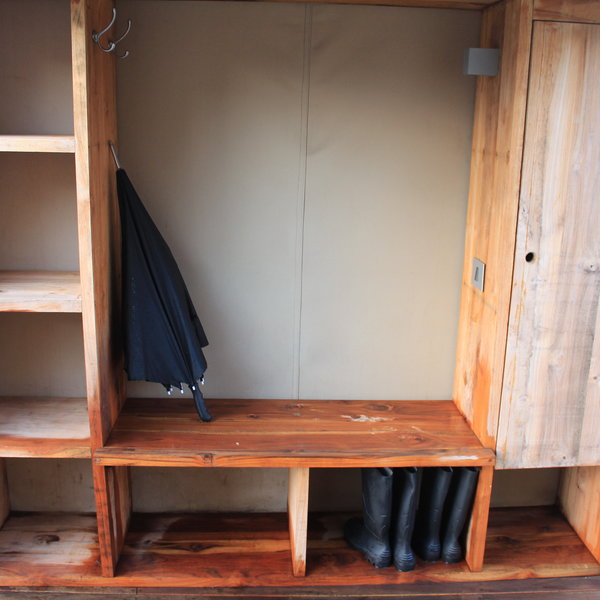
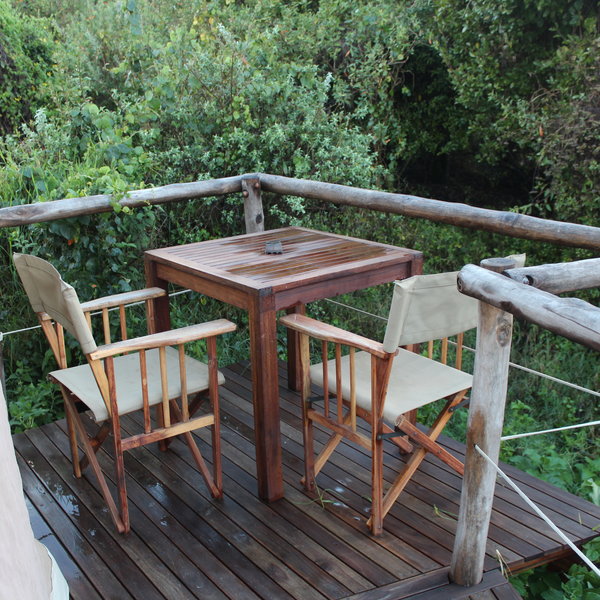
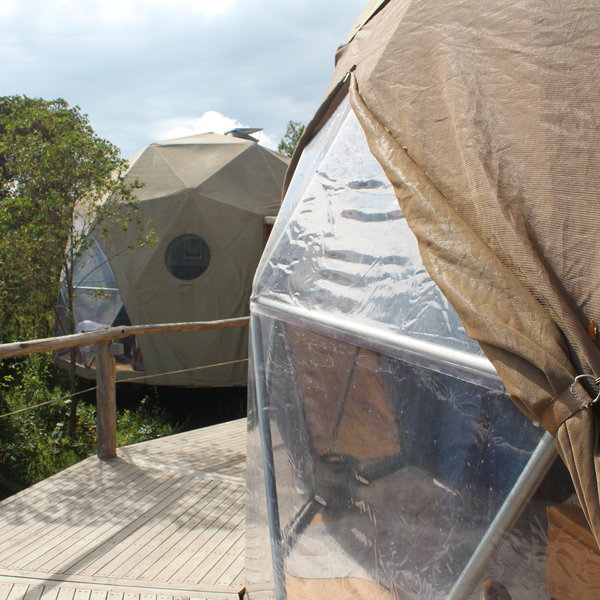
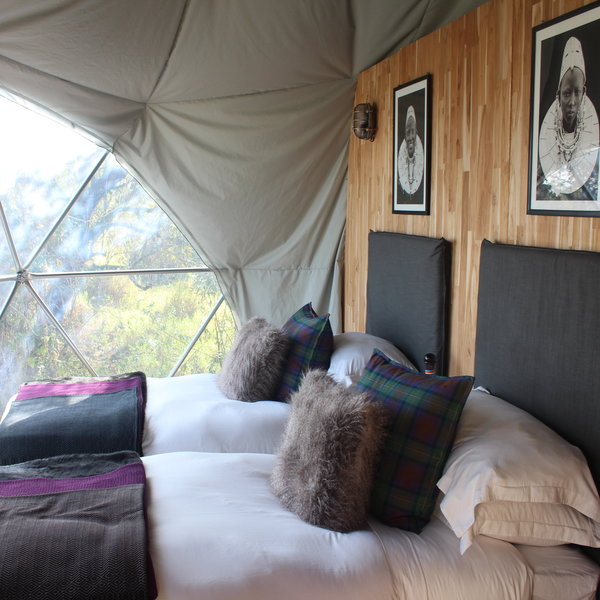
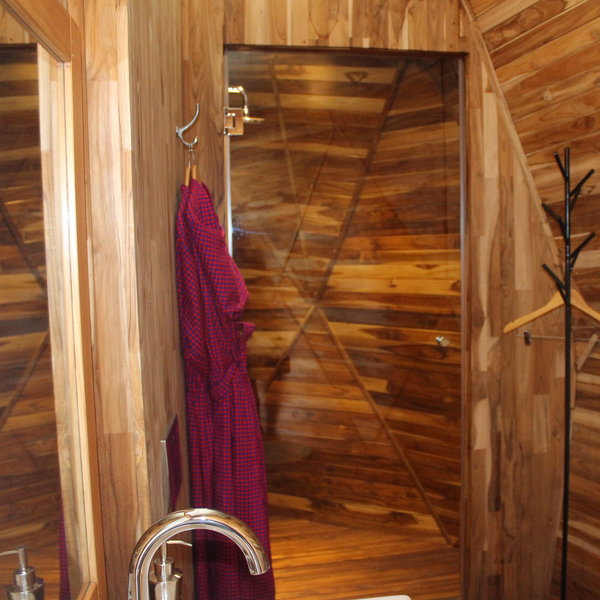
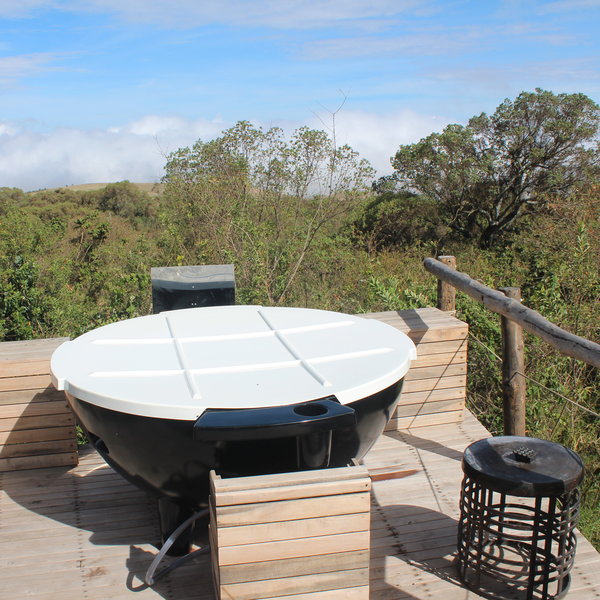
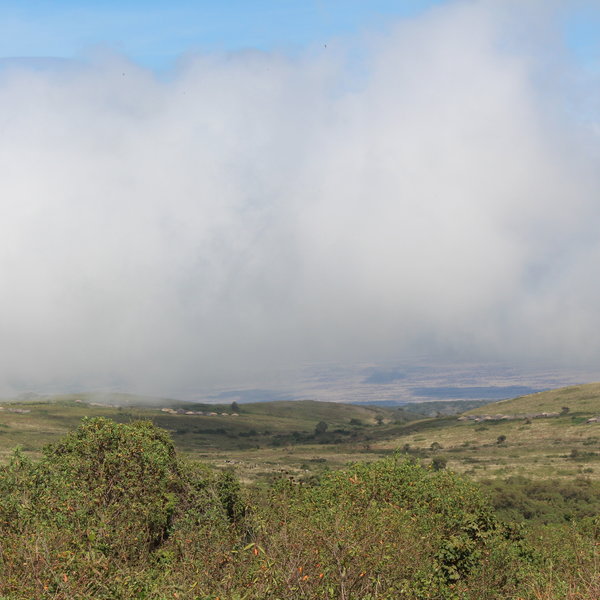
Expert Africa's gallery
When we travel we take lots of photos ourselves to give you a real and un-edited view of the safaris. See our 75 pictures of The Highlands to get the candid view.
View gallerySafaris visiting The Highlands
Just ideas, we'll always tailor-make a trip for you
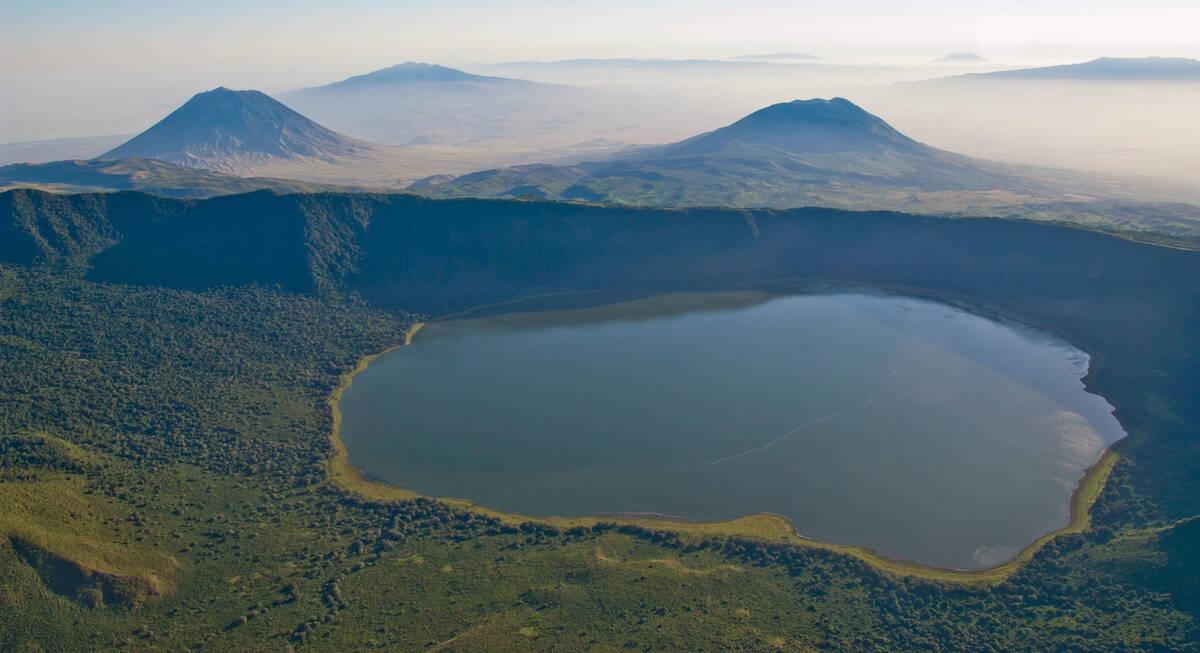
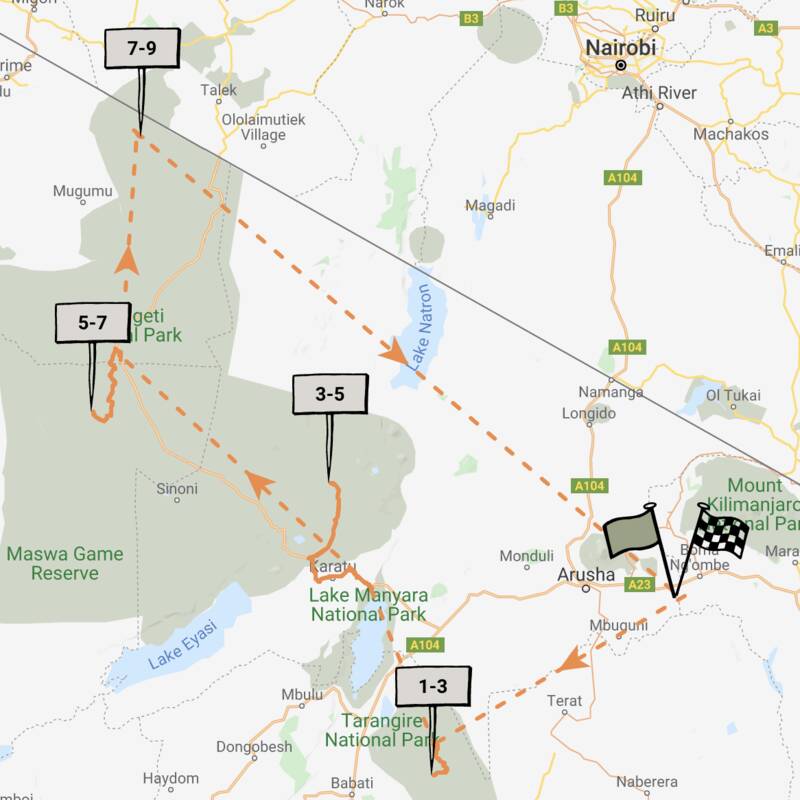
Tinkerbird Fly-in Safari
8 days • 4 locations • 1 country
KILIMANJARO AIRPORT TO KILIMANJARO AIRPORT
Explore Tanzania’s famous northern circuit in Tarangire National Park, the Ngorongoro Conservation Area and the Serengeti National Park. Four smart sister camps offer a high level of care, first-class guiding and a wide range of activities.
Visiting Tarangire, Serengeti and 1 other area
US$10,410 - US$14,140 per person
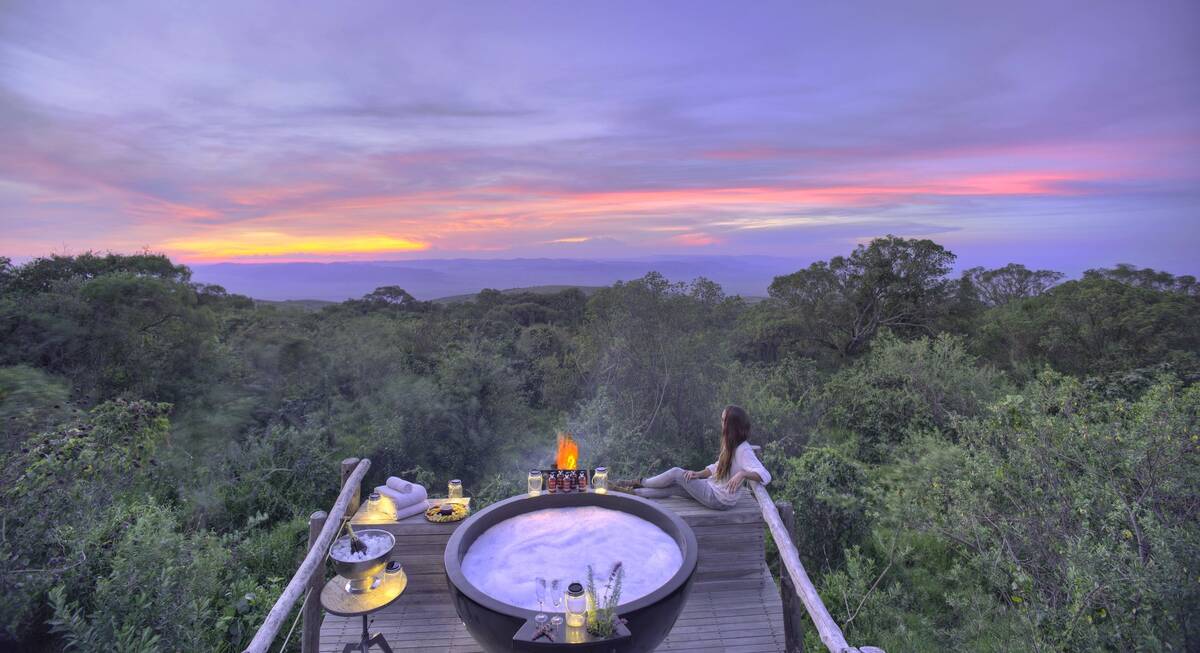
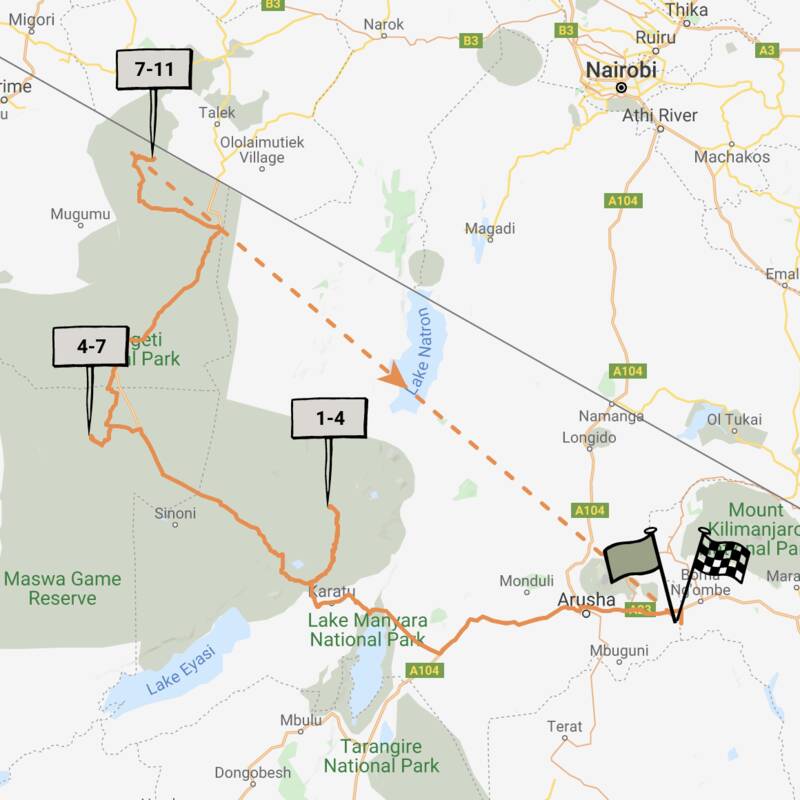
Flufftail Guided Safari
10 days • 3 locations • 1 country
KILIMANJARO AIRPORT TO KILIMANJARO AIRPORT
Stay in three unique camps as you safari across the Ngorongoro Crater and the iconic Serengeti Plains with your private guide and 4WD vehicle: a trip of comfort and autonomy, with excellent wildlife.
Visiting Serengeti, Ngorongoro Crater
US$12,990 - US$18,900 per person
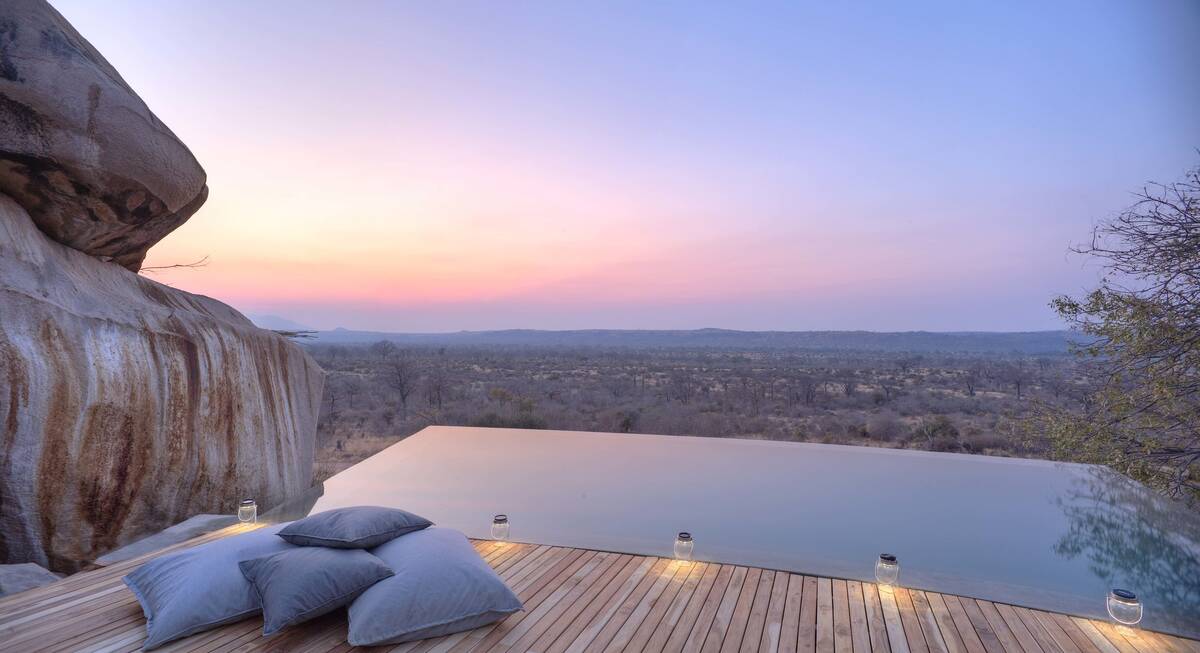
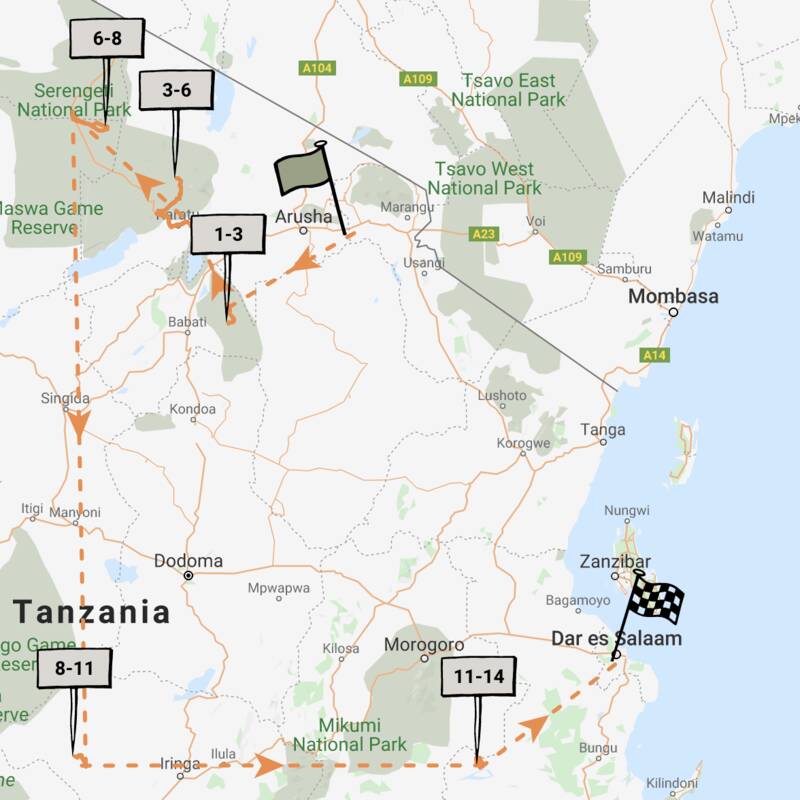
Marabou Stork Fly-in Safari
13 days • 5 locations • 1 country
KILIMANJARO AIRPORT TO DAR ES SALAAM AIRPORT
Four luxurious camps enable exploration of Tanzania’s north and southern regions. With a range of land- and water-based activities available throughout, decidedly comfortable accommodation and applicable long-stay discounts, this adventurous safari is excellent value.
Visiting Tarangire, Serengeti and 3 other areas
US$19,410 - US$25,560 per person
The Highlands: Our full report
The Highlands is located north of the Ngorongoro Crater, far from other camps in a forested area near the ...
... Olmoti Volcano. The design is unique – you won't find another camp like this anywhere else in East Africa.
We visited The Highlands for the first time in 2016, shortly after it opened and again more recently in June 2023. As it is the sister camp to Dunia Camp, Sayari Camp, Oliver's Camp and Olakira, amongst others, we expected the excellent standards set by these camps to be evident at The Highlands – we were not disappointed! Members of the team have been back multiple times since, most recently visiting in 2018.
Views from The Highlands are beautiful, taking in both the sunrise and the sunset, and the sweeping landscape of the surrounding area, for which the lodge is named. When the clouds clear, it is possible to see the Gol Mountains to the north west, the vast plains of the Serengeti, and the nearby Empakaai. There are occasional sightings of buffalo, zebra, porcupine and even elephant from camp.
The camp is made up of a series of unusual domed tents, which are said to be inspired by the houses in Maasai bomas, but appear quite futuristic from the outside. Three communal tents – a lounge area, bar and dining room – are set at different heights and linked by wooden walkways. These are similar in structure, with high quilted 'ceilings' housing vents and fans and huge clear sections that serve as floor-to-ceiling windows. The focal point of the lounge, the largest dome, is a wood-burning stove, and this is complemented by a curved wooden sofa. Another wood burner heats the wood-panelled bar tent, where there's a selection of stylish seating and lighting. Fur and sheepskin throws, and checked cushions give a luxuriously cosy and homely feel. The dining tent, similarly panelled and heated, has a number of heavy wooden tables where meals are generally privately, with the occasional communal dinner. There is a lovely veranda where breakfast and lunch can be served in warm weather.
The Highlands has eight raised bedroom dome tents, rather igloo-like in style, and dotted down the hillside among the trees. Along with three standard tents, there are three with mezzanine floors, one family suite and one honeymoon suite. Each has its own deck encircling the dome, offering private views and excellent opportunities to observe the neighbouring birdlife.
The small winding paths that access the tents can be steep in places, and some of the tents are quite a walk from the main area, a walk that is exacerbated by the altitude. Honeymooners may appreciate the two tents that are furthest from the main area, or could take up residence in the designated honeymoon suite. Larger than the other tents, this also has a hot tub on the veranda with sweeping views.
All the bedrooms have incredibly comfortable king-size beds, sheep skin covered wicker chairs by a wood burner, and cow-hide rugs on the floors. Each has a large vinyl window, offering night-time views of the stars and storms from the comfort of the bed. Luxurious soft furnishings, dramatic black-and-white Maasai portraiture on the walls and modern lighting create an extremely stylish aesthetic in an already striking structure.
Tents with a mezzanine floor also have two single, simple floor beds, accessed by a wooden ladder, so unsuitable for very young children between the ages of 5 to 12 years old, for safety reasons. The family suite helps here, with a standard en-suite double tent connected to a smaller twin dome with its own bathroom. Note that there is no wood burner in the small dome for safety reasons, so electric blankets and extra hot water bottles are provided. Families could also use the two tents that are the closest together.
The wood-panelled en-suite bathrooms are evocative of a Scandinavian sauna – quite unusual for a safari camp! Kitted out with double sinks, a separate flushing toilet and a vast double shower, they have 24-hour hot water – though this can sometimes take a few minutes to arrive. Plenty of shelving is provided, as well as a safe, laundry basket, toiletries and robes in a Maasai-style material and hair dryers.
The Highlands has recently installed a spa and sauna, with an assortment of relaxing treatments. The spa menu is provided in the room and needs to be booked with the manager.
Due to The Highlands' location and altitude, low temperatures can be an issue here, particularly at night and early in the morning, and rainfall is quite frequent. The wood burner, which is lit while guests are having dinner, warms each tent in the evenings. Hot-water bottles are tucked into the beds and extra blankets are supplied in a leather chest, so the tents actually get very warm and cosy. In the mornings, however, it can feel chilly once the fire has gone out. In rainy weather, wellington boots and umbrellas are supplied to each tent.
There are currently only USB charging points in the rooms with main plugs in the lounge. There are plans to add additional plugs for charging in the rooms. Wifi is available in the rooms and the communal areas.
The drive to the floor of the Ngorongoro Crater from The Highlands takes about an hour, running through beautiful valleys, and passing many Maasai villages along the way. Activities at the camp include game drives in the main Ngorongoro Crater, and the camp is also ideally located for walking – a great way to break up days in a safari vehicle. We particularly recommend the guided hikes at the beautiful Olmoti and Empakaai Craters. Olmoti, about an hour's drive away, is a relatively easy walk, taking approximately 20 minutes to descend, then around 45 minutes to ascend. Empakaai, an hour-and-a-half's drive away, requires a good level of fitness: it takes about 40 minutes to go down and an hour to return.
As The Highlands has strong links with a local Maasai village, providing financial support to the school and conservation education for the children, guests are invited to visit the village and spend time with the children, which can be very rewarding. Visits to local schools are no longer encouraged, as they proved, understandably, to be rather disruptive to education.
Activities
4WD Safari
Birdwatching
Cultural excursion
Guided walking safari
Private activities
Families & children
- Attitude towards children
- Children are welcome, though the altitude of the camp should be considered.
- Property’s age restrictions
- 5 and above only
- Special activities & services
- There are games, fire making and bow and arrow making with the Maasai available. There is a children’s menu and early meals can be arranged.
- Equipment
- The baby dome in the family suite and single beds on the mezzanine floors are aimed at children but no other equipment is supplied.
- Generally recommended for children
- Despite the children’s activities and services on offer, The Highlands does not provide much fun for young children. In addition, space is limited and high supervision required. We feel this stylish camp would be better suited to older children who could also physically partake in the hikes.
- Notes
- As the camp is unfenced, set amongst the trees and quite spread out, children should be carefully supervised and must stick to the decked areas and pathways.
Food & drink
- Usual board basis
- Full Board & Activities
- Food quality
- We have found the quality of the food at The Highlands to be very good, on the whole. The options were extensive and dishes were nicely presented, but a couple were let down by insufficient flavour.
Breakfast is served 6.00-9.00am, inside or on the veranda, and is a buffet of cereals, fresh bread, dried fruit, and mixed cheeses and meats. Cooked breakfasts are available to order with a special dish each day; we enjoyed poached eggs and avocado on toast. Some guests take a packed breakfast so that they can reach the crater floor early. One morning we had a huge picnic in a beautiful spot consisting of bacon-and-egg sandwiches, sausages, crêpes, muffins and fruit, with juice, tea and coffee.
Lunch is generally taken on the crater floor (although guests can return to camp if they wish) at one of a number of picnic sites. We had lovely individual chicken pies, mixed bean salad, lentil and sultana salad, and fruit, with ginger ale.
Dinner is three or four courses with a choice of two dishes for each. We found this to be quite forgettable one night, but quite excellent the other: roasted vegetable and ricotta salad, butternut-squash soup, honey-roast pork with garlic mash and baked cheesecake with coulis. The service is attentive but not overbearing and the managers as meal time hosts are great additions to the communal dining. - Dining style
- Individual Tables
- Dining locations
- Indoor and Outdoor Dining
- Further dining info, including room service
- Meals can be served in the main lounge by the fire.
- Drinks included
- Drinks are included, with the exception of the premium spirits and cocktails on the board in the bar. Plenty of mineral water is available in all rooms.
Our travellers’ wildlife sightings from The Highlands
Since mid-2018, many of our travellers who stayed at The Highlands have kindly recorded their wildlife sightings and shared them with us. The results are below. Click an animal to see more, and here to see more on our methodology.

100% success

85% success

85% success

85% success

85% success

83% success

77% success

55% success

50% success

30% success

9% success

0% success

0% success

0% success
Getting there
- Location
- Ngorongoro Crater, Tanzania
- Ideal length of stay
- 2 nights would allow enough time to enjoy the surroundings and 3 nights would be ideal if keen on hiking.
- Directions
- The Highlands is about two hours’ drive from Lake Manyara Airstrip mostly along roads of average quality, but with a good new private access road at the end.
- Accessible by
- Fly-and-Transfer
Special interests
- Honeymoons
- For stunning scenery, unique game viewing in the Ngorongoro Crater and varied activities, The Highlands is a wonderful choice for a honeymoon in Tanzania. You can expect inspired, luxurious design and wonderful, very personal service to make your honeymoon special.
- See ideas for Honeymoons in Tanzania
- Cultural Experiences
- The Highlands has a close relationship with the local community, and guests may visit with a staff member to learn about the culture. This is a very genuine visit and not a working 'tourist' village.
- See ideas for Cultural Experiences in Tanzania
- Scenic walking & hiking
- The proximity to the Olmoti and Empakaai Craters makes The Highlands a great choice for walking and hiking in Tanzania, catering for a range of physical abilities.
- See ideas for Scenic walking & hiking in Tanzania
- Luxury safaris
- With futuristic dome tents nestled amongst the trees, The Highlands is a unique and contemporary option for the Ngorongoro Crater. Expect these spacious wood-paneled domes to come complete with sumptuous furs, kingsize beds and fabulous bathoorms.
- See ideas for Luxury safaris in Tanzania
Sustainability
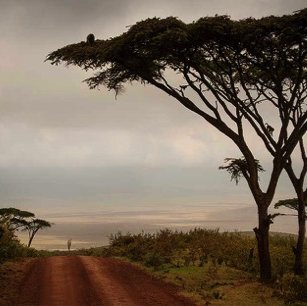
Supporting local villages through collaboration
Built with the intention of creating an authentic East African feel, The Highlands offers customers the opportunity to stay in domed tents inspired by local Maasai Bomas houses. Located in Ngorongoro Conservation Area, what sets The Highlands apart is its dedication for engaging with the local communities.
The Maasai village of Ochaniomelok benefits from The Highlands through both employment and revenue. Prior to The Highlands continued investment, Ochaniomelok was isolated and poverty was prominent. Women, for example, had to walk 30km to access water. The road built to access the lodge demonstrates how The Highlands’ presence benefits locals. Furthermore, the increase in air traffic that the lodge generates assists rural villages in cases of emergency.
Also, a significant number of villagers are employed by The Highlands, where they have access to fair wages and training from Lobster Ink - the training platform of choice for the hospitality industry. Moreover, The Highlands’ community engagement is a collaborative project, with locals having a say in the activities at the camp. As locals welcome tourists during village visits, guests receive a genuine representation of the Maasai way of life, whereas locals get to sell their wares and learn about new cultures.
Most recently, the camp partnered up with Kamitei Foundation to support the Ochaniomelok Primary School, challenged by the lack of infrastructure and resources. To help the school and build an additional rainwater collection system to fight against the increasing problem of climate change, the lodge is currently aiming to raise $6500 from guest donations.
See more great sustainability projects in Tanzania
Communications
- Power supply notes
- Back up generator for 24 hour power. There are single USB points in the rooms and plug points in the dining area for charging batteries.
- Communications
- Poor mobile phone reception. Good WiFi is available in all around the camp. There are walkie talkies in all tents for contacting reception and security.
- TV & radio
- No TV or radio
- Water supply
- Transported in
- Water supply notes
- Plumbed in showers and flushing toilets. There are plans to tap the Olmoti water flow in the future.
Health & safety
- Malarial protection recommended
- Yes
- Medical care
- All guides and some members of camp staff are first aid trained and there are kits in camp and the vehicles. Karatu Hospital is an hour and a half to two hour drive away.
- Dangerous animals
- High Risk
- Security measures
- Askaris guard the site between 6pm and 6am, and will escort guests to and from their rooms in hours of darkness.
- Fire safety
- There are fire extinguishes and fire buckets in all tents.
Useful info
- Disabled access
- Not Possible
- Laundry facilities
- Laundry is included with the exception of underwear and soap is provided in the bathrooms for this. Note that the washing is line dried so due to the damp climatic nature of the site, sometimes laundry services will not be possible.
- Money
- There is an electronic safe in every room.
- Accepted payment on location
- Cash payment can be accepted in US dollars, GBP, Euros and Tanzanian shillings. MasterCard, and Visa are also accepted means of payment, but there is a 5% surcharge.
Plan and book your trip with Expert Africa
All of our trips are tailor-made, so we'll always adapt them to suit you. Talk to an Expert and let us plan and arrange your perfect trip.

Talk to an Expert
Call or email us now! We’ll match you with the Specialist in our team who is best suited to help you. Then together we can start planning your trip.

Set up your itinerary
Based on our experience and your ideas, your specialist will create a detailed, costed itinerary. We’ll refine it together, until we have a trip that you’re perfectly happy with.

Prepare for your trip
The same Specialist will make the seamless arrangements for your trip, send you detailed travel documents, and be available to answer any questions before you depart.

Travel with peace of mind
After you set off, you’ll be cared for by our partners in Africa, most of whom have worked with Expert Africa for decades. And if you ever need us urgently, we’re available 24/7.

When you return
We love to learn about your trip, and so will always be grateful if you’ve the time to give feedback to your Specialist when you return.
The Highlands's location
Look closer at the environment and surroundings of The Highlands.
Excursions from The Highlands
Optional extra day-trips and excursions possible whilst you're staying at The Highlands. Talk to us: these are usually best arranged before you go.
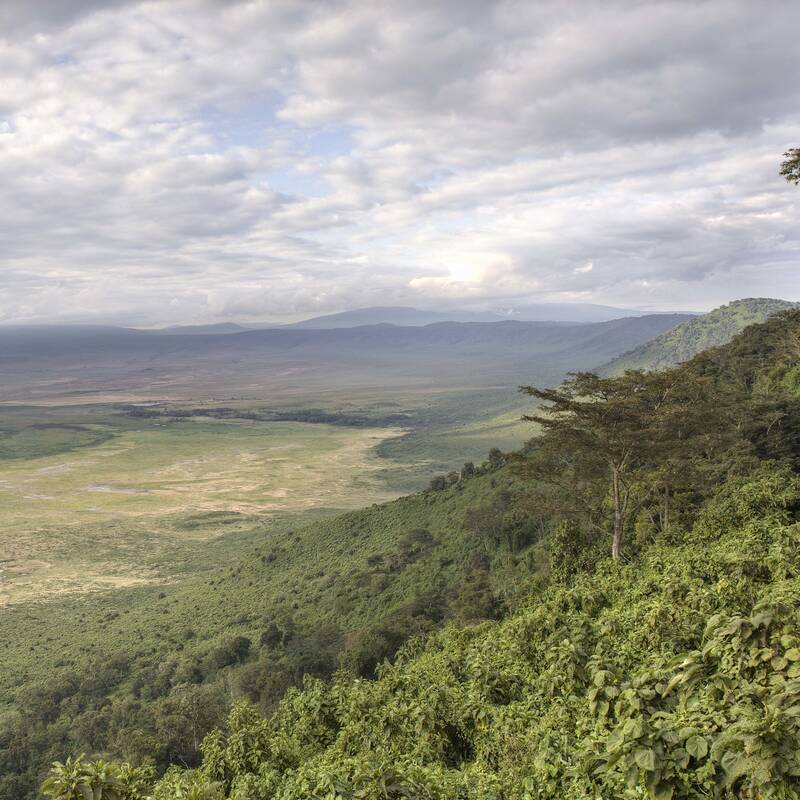
Crater Rim Walk
Half day - two hour walk
For some fantastic views, and the chance to see flora and fauna up close, take a walk along the rim of the magnificent Ngorongoro Crater. Led by an experienced safari guide and accompanied by an armed ranger, you will be able to take in the scale and beauty of the landscape from a different perspective.
More about Crater Rim Walk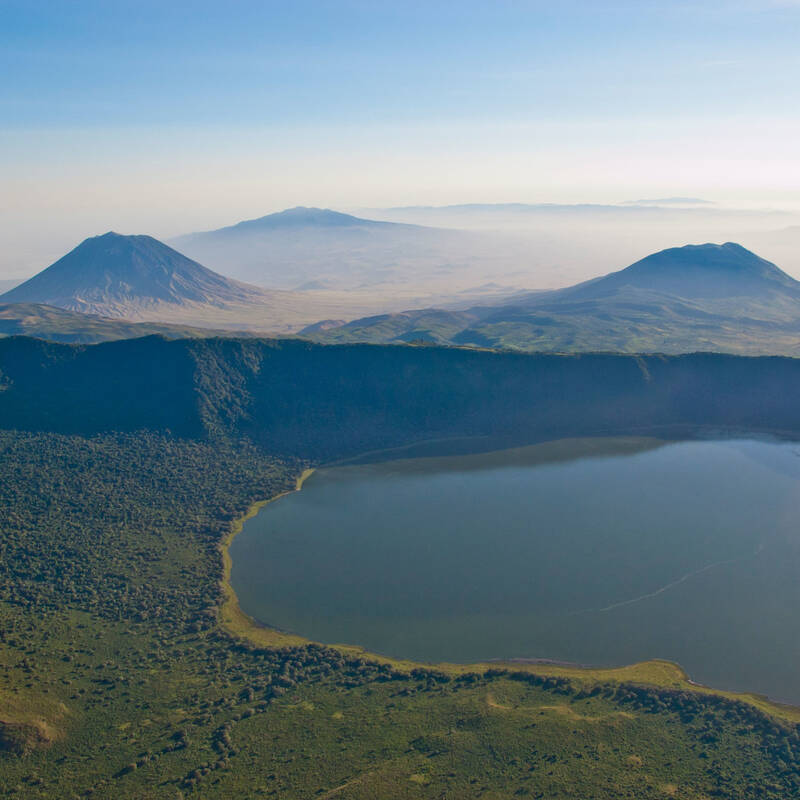
Empakaai Crater Hike
Half day, two - three hour walk
Spend a half day hiking through the Empakaai Crater, in the Highlands area of the Ngorongoro Conservation Area (NCA), led by an experienced guide and accompanied by a ranger.
More about Empakaai Crater Hike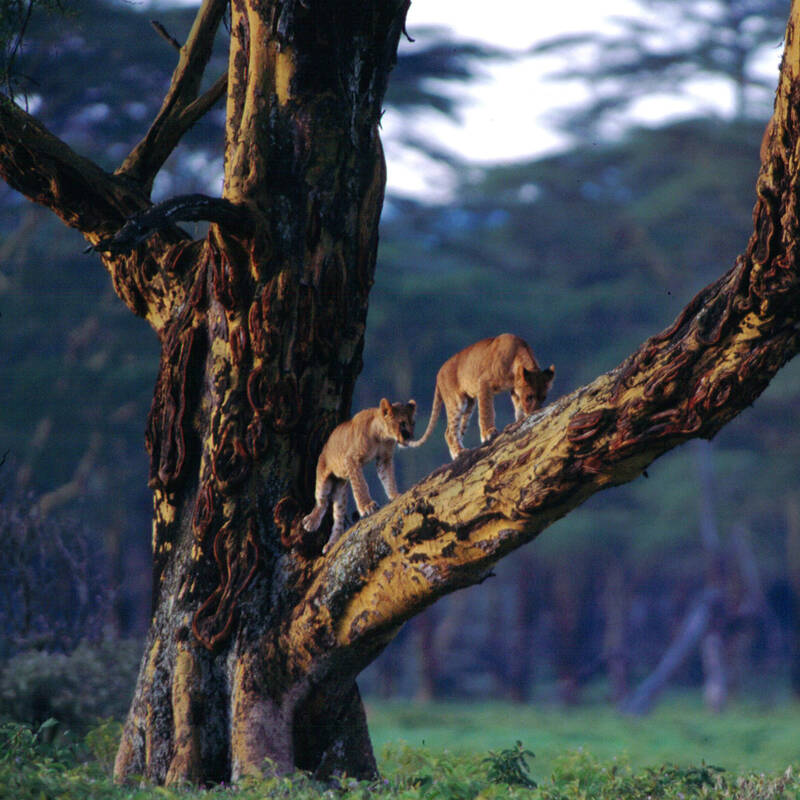
Lake Manyara Safari
Half-day or full-day
Set against the spectacular backdrop of the Rift Valley escarpment, Lake Manyara National Park makes a great safari destination. Here, along with elephant herds and plains game, you’ll find jungle-like forests that are home to blue monkeys, a soda lake tinged pink by flamingos and some of Tanzania’s best birding.
More about Lake Manyara Safari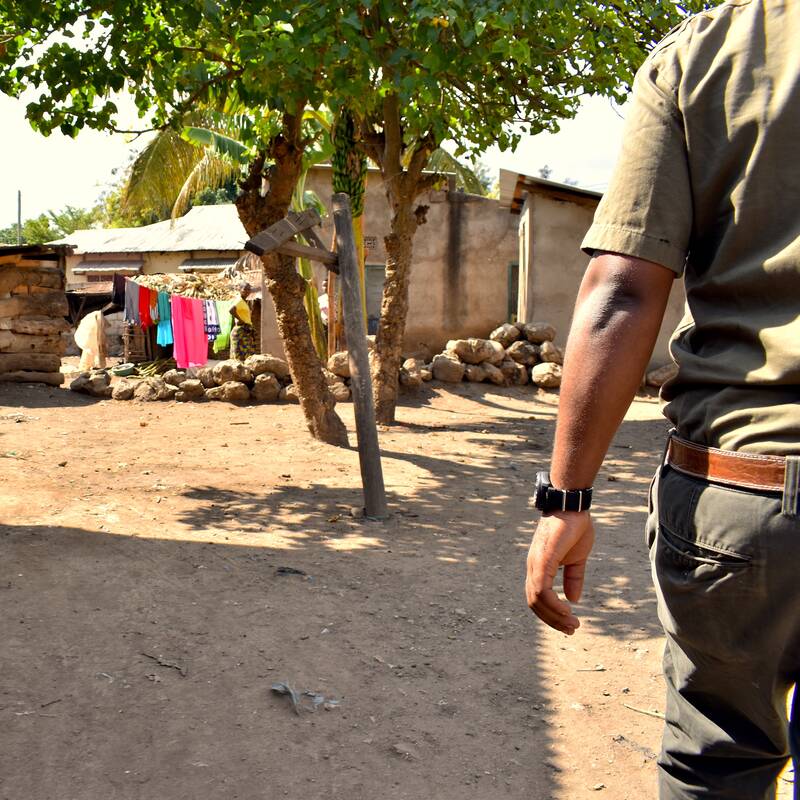
Mto Wa Mbu Village Walk
Two to three hours
Discover the nuances of day-to-day life in the large Tanzanian village of Mto Wa Mbu with a knowledgeable local guide. This is not a village set up for tourists – Mto Wa Mbu is a real community and offers a chance to see a side of Tanzania that many visitors pass by.
More about Village Walk
Olduvai Gorge visit
One - two hours
See for yourself the renowned archaeological site of Olduvai (or Oldupai) Gorge, which lies en route between the Ngorongoro Crater and the Serengeti National Park. Famed for the discoveries of early hominin remains as well as the Laetoli Footprints, the site offers beautiful views, an engaging museum and potentially the opportunity to visit an active dig.
More about Olduvai Gorge visit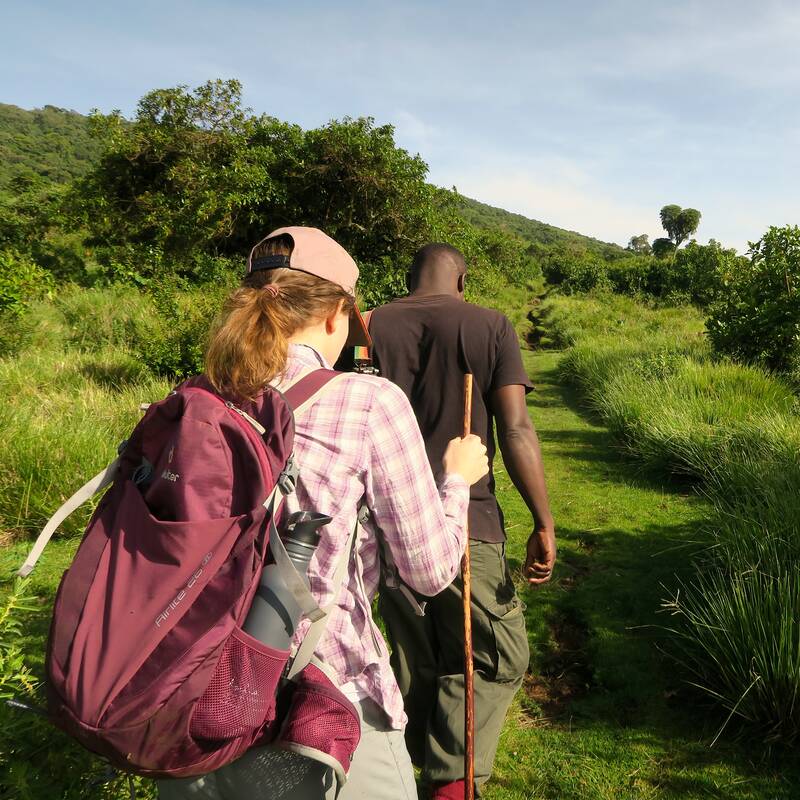
Olmoti Crater walk
Half day - two to three hour walk
Follow an ancient Maasai cattle trail on this private hike up the Olmoti Crater, led by an experienced guide and accompanied by an armed ranger. The crater may not compete in size with the neighbouring Ngorongoro Crater, but the birding is good, the mountain views wonderful, and the array of ferns is a botanist’s dream.
More about Olmoti Crater walk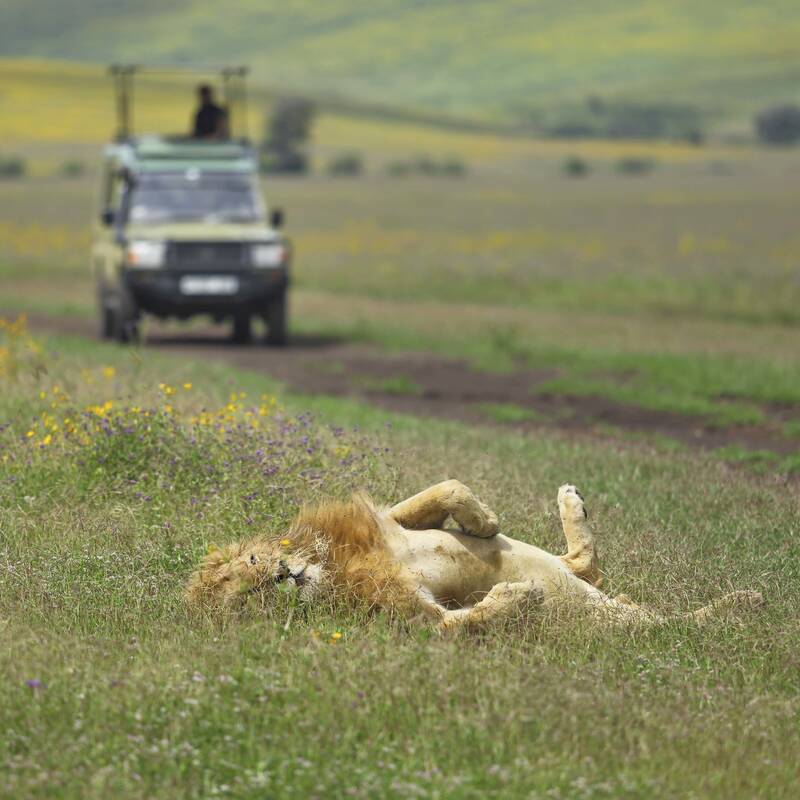
Safari in Ngorongoro Crater
Typically a full day
To drive into the Ngorongoro Crater is to immerse yourself in a renowned wildlife park. Prides of lion and clans of hyena patrol amongst herds of zebra, wildebeest and Thomson’s gazelle, whilst flocks of crowned cranes keep out the way of jackals. Come for elephants with big tusks, too. And then there are the rhino…
More about Ngorongoro Crater safariOther lodges in Ngorongoro Crater
Alternative places to stay in this same area.
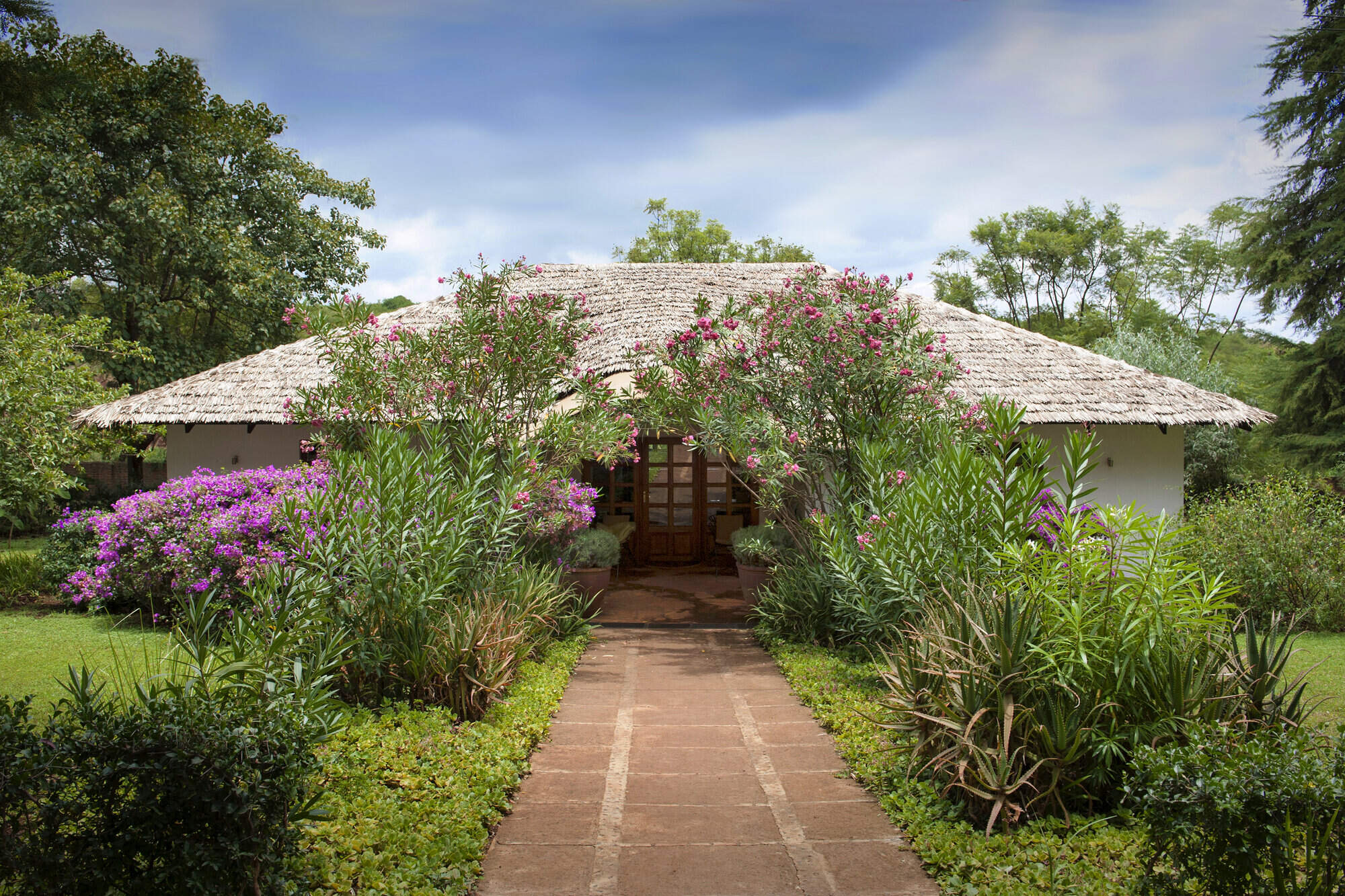
Plantation Lodge
A relaxed base between Ngorongoro and Lake Manyara, Plantation Lodge has lush grounds and offers good value and high standards.
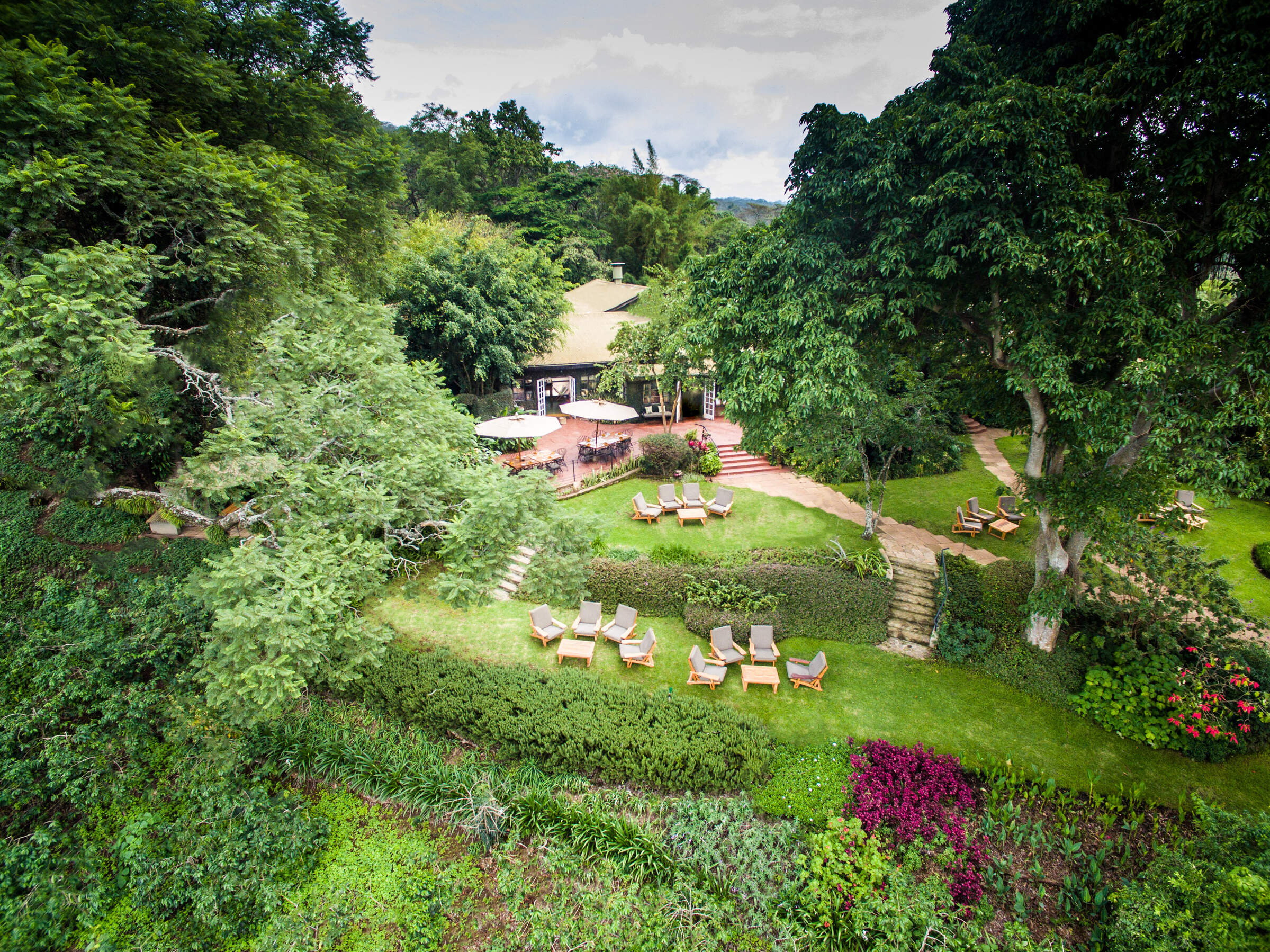
Gibbs Farm
Located not far from the Ngorongoro Conservation Area, Gibb's Farm has comfy rooms, homegrown food and strong community links
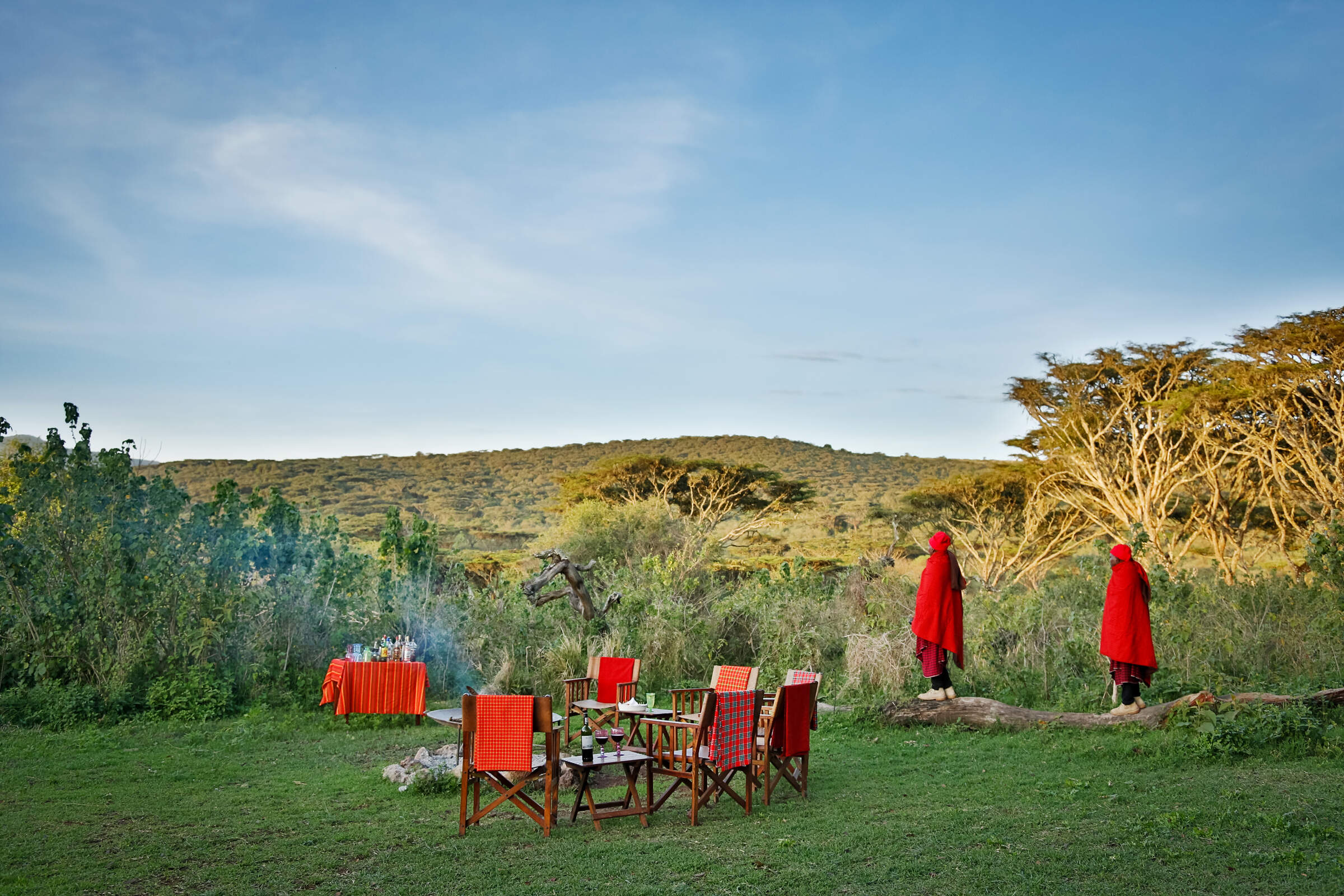
Lemala Ngorongoro
Lemala Ngorongoro is a small, comfortable tented camp on the rim of the Ngorongoro Crater with lovely walking in the vicinity.
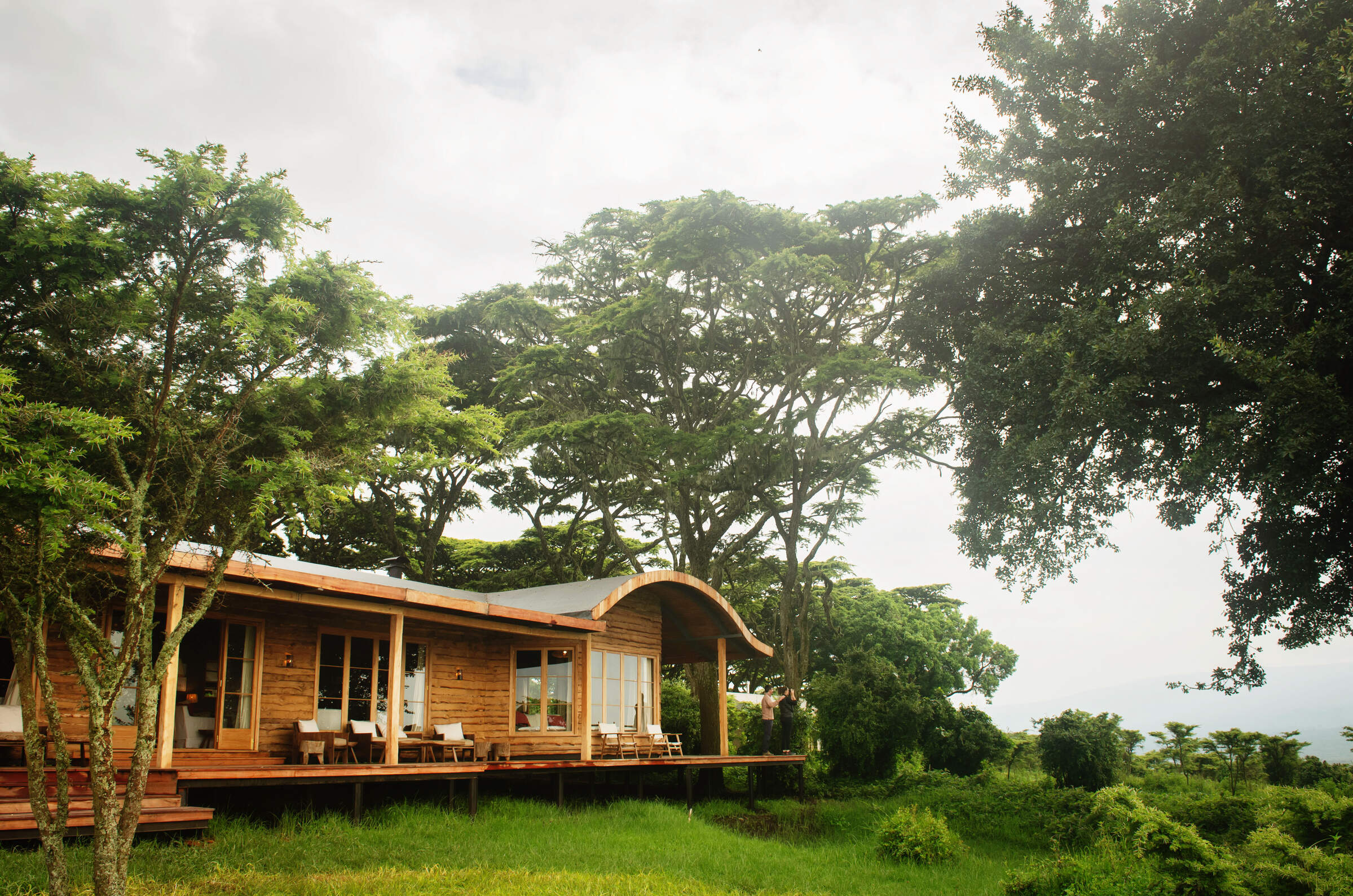
Entamanu Ngorongoro
Opened in 2016, Entamanu Ngorongoro is a small camp high on the Crater rim with views towards the crater and the plains of the Serengeti.
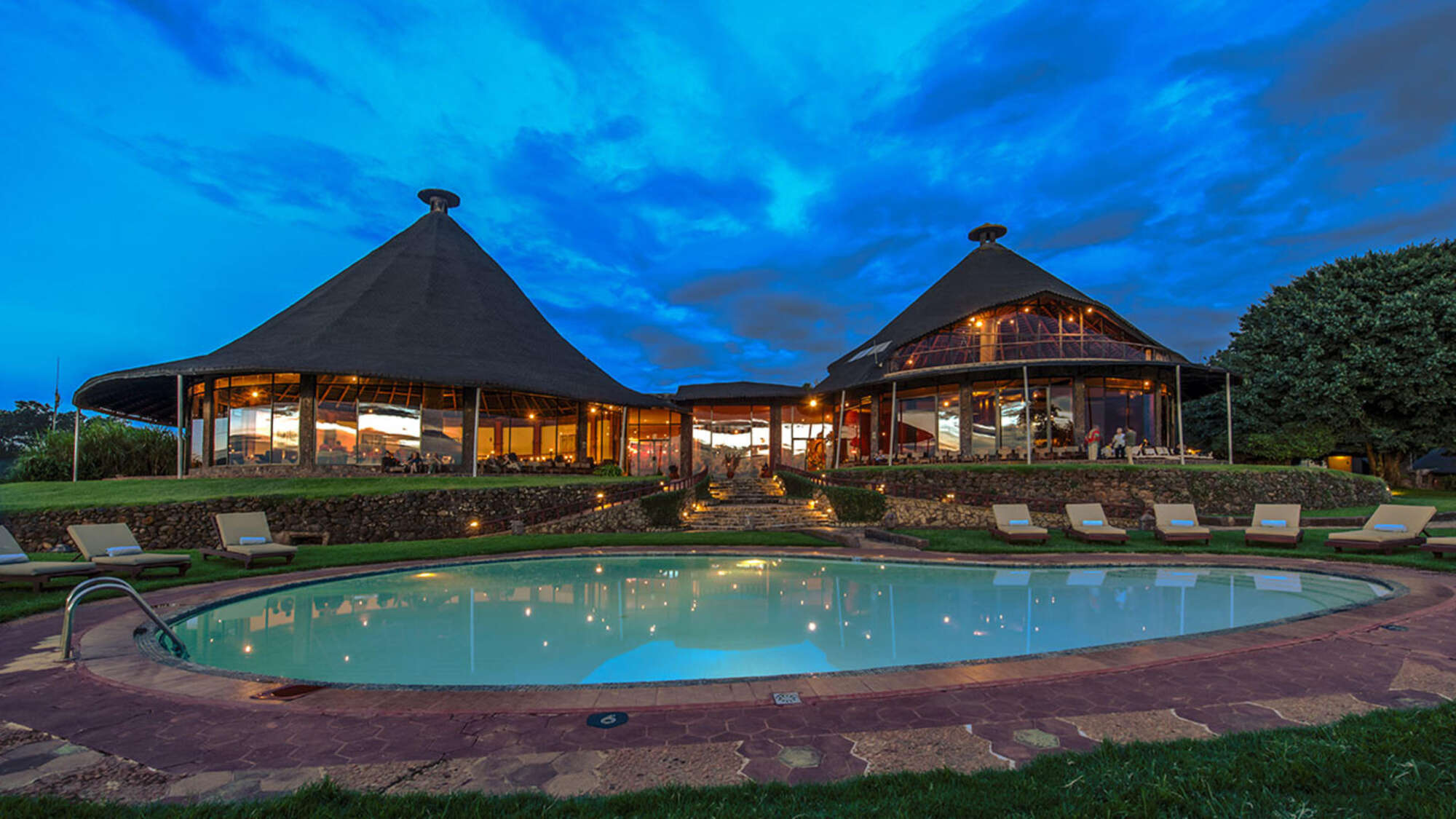
Ngorongoro Sopa Lodge
Situated on the eastern rim of the Ngorongoro Crater, with outstanding views, the Sopa Lodge is a somewhat dated, international-style hotel.
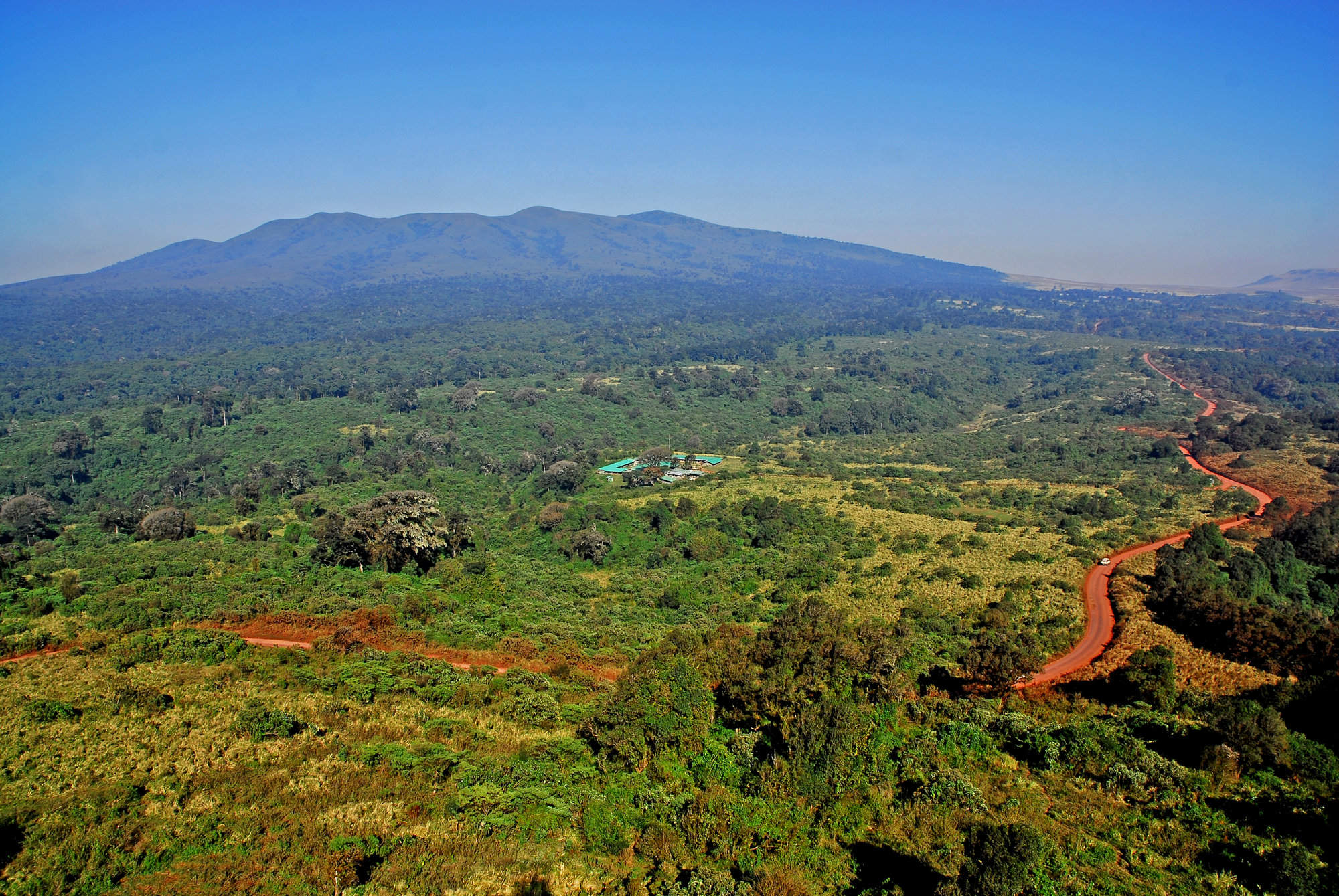
Rhino Lodge
Rhino Lodge is a simple, good-value lodge with a great location near the crater rim, in the Ngorongoro Conservation Area.
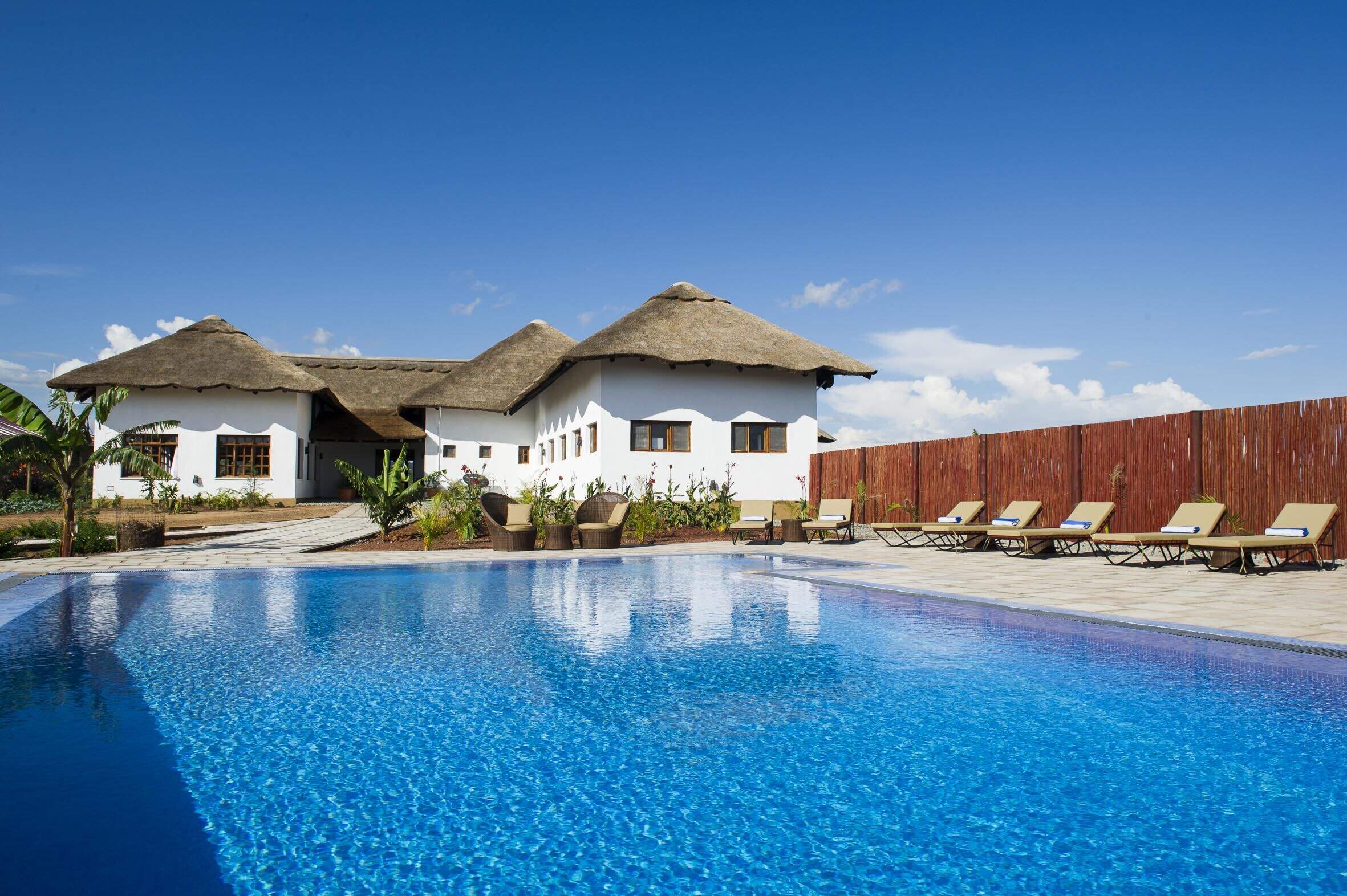
Farmhouse Lodge
Ngorongoro Farmhouse Lodge is set on a 750-acres working farm. Close to the NCA gate, it makes a great base for exploring the Crater.
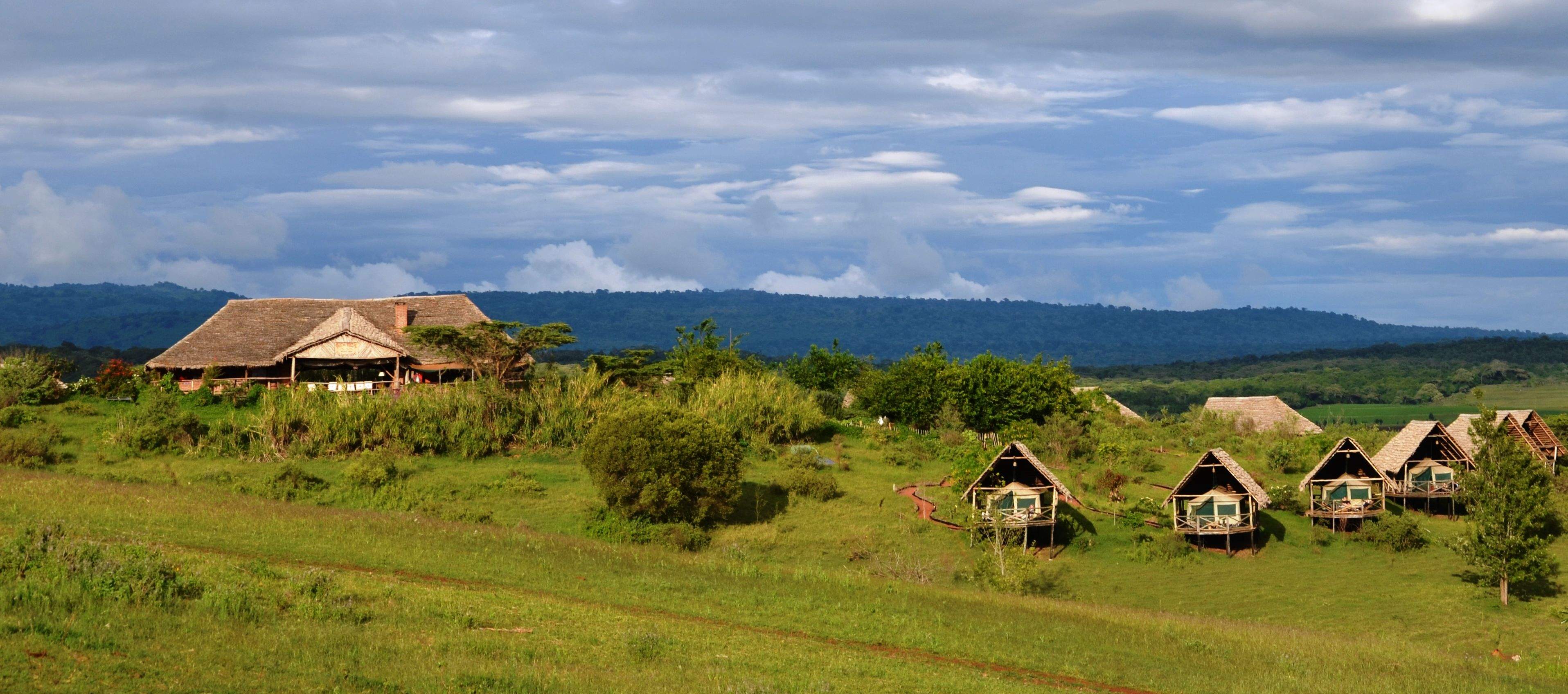
Rhotia Valley Ttd. Lodge
Rhotia Valley is a simple lodge with a strong commitment to the local community, including a children's home, which guests may visit.
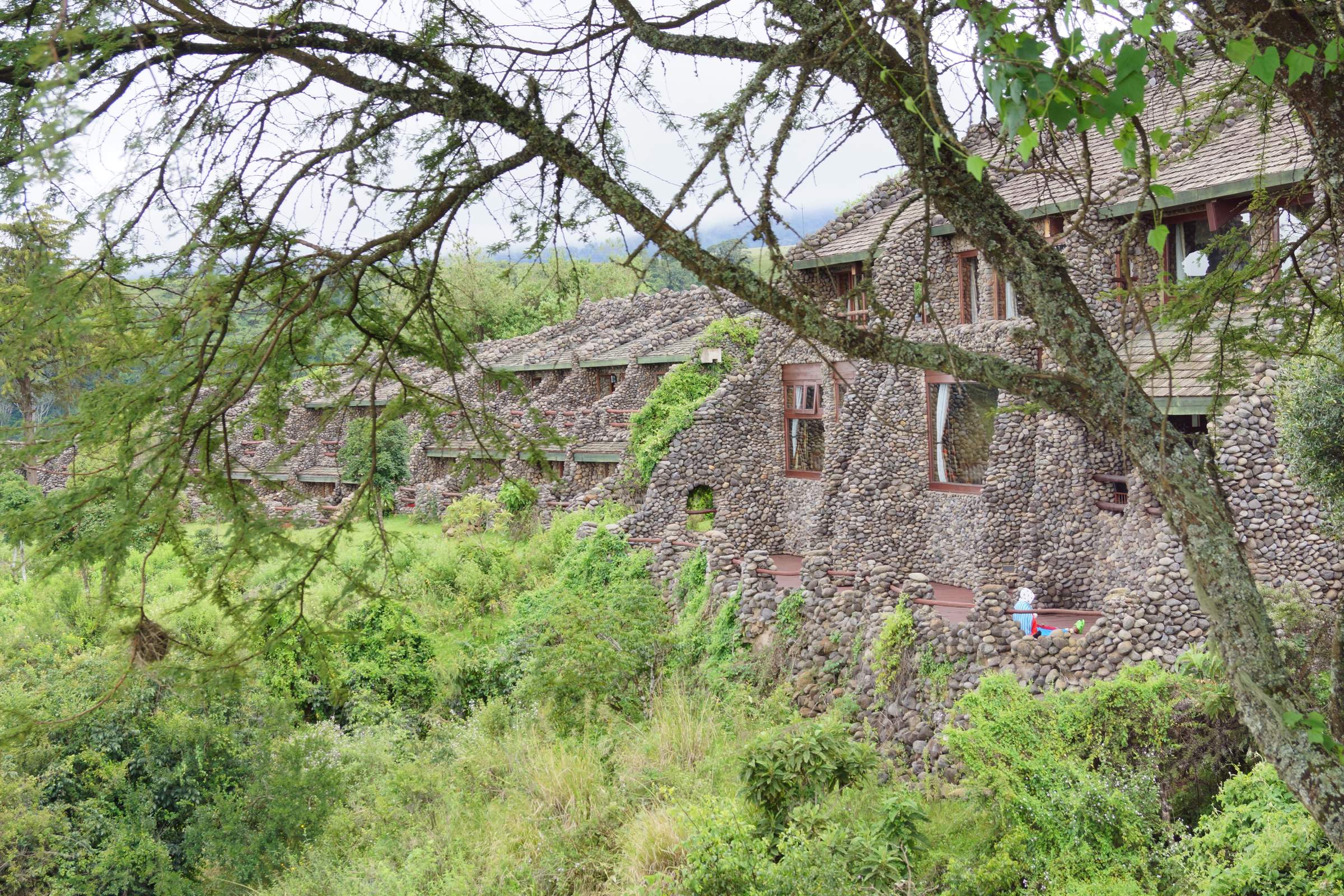
Ngorongoro Serena
The large, hotel-like Ngorongoro Serena Safari Lodge sits on the western rim of Ngorongoro Crater and has stunning views of the caldera.
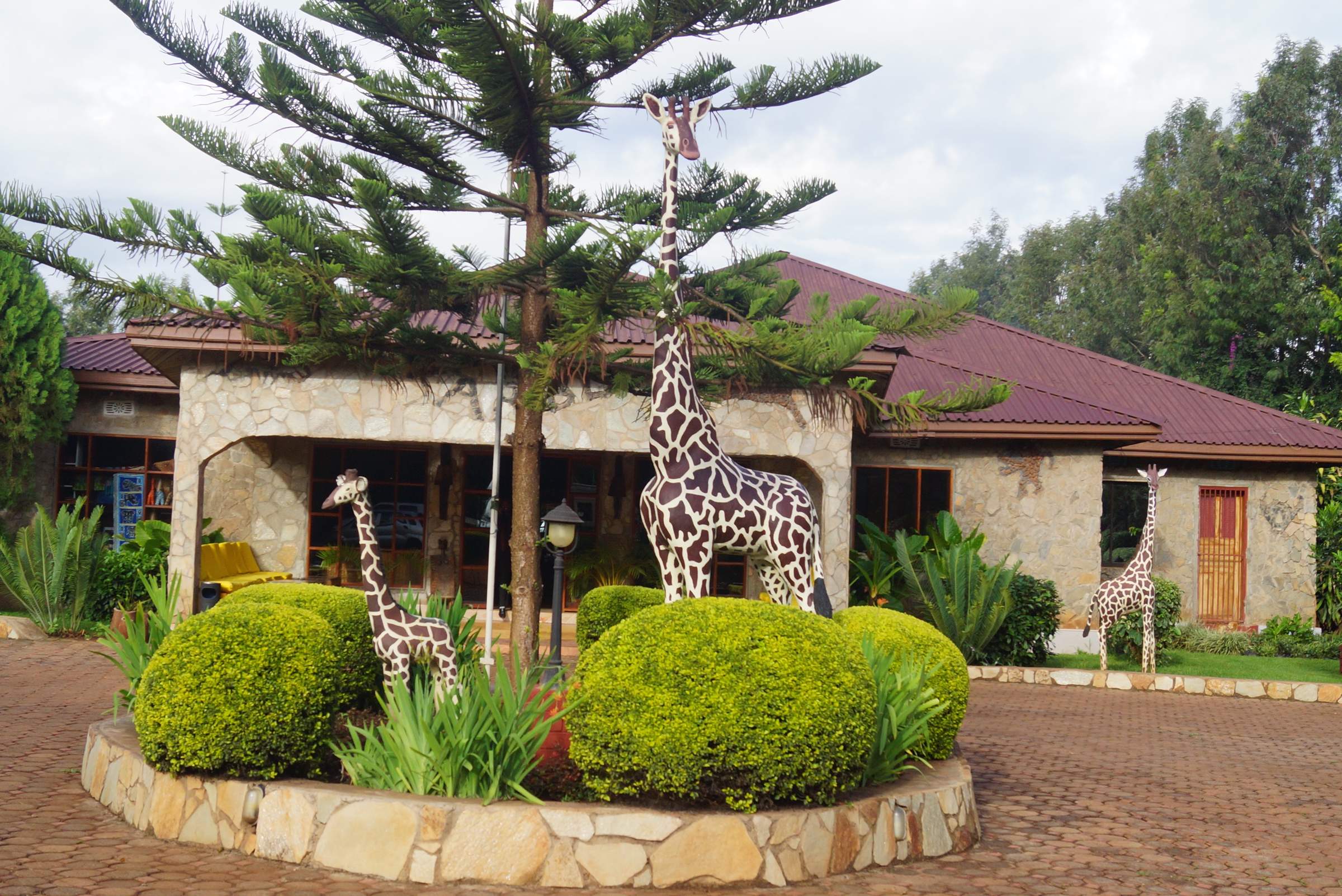
Bougainvillea Lodge
Bougainvillea Safari Lodge provides an economical base from which to visit Lake Manyara or the Ngorongoro Crater.
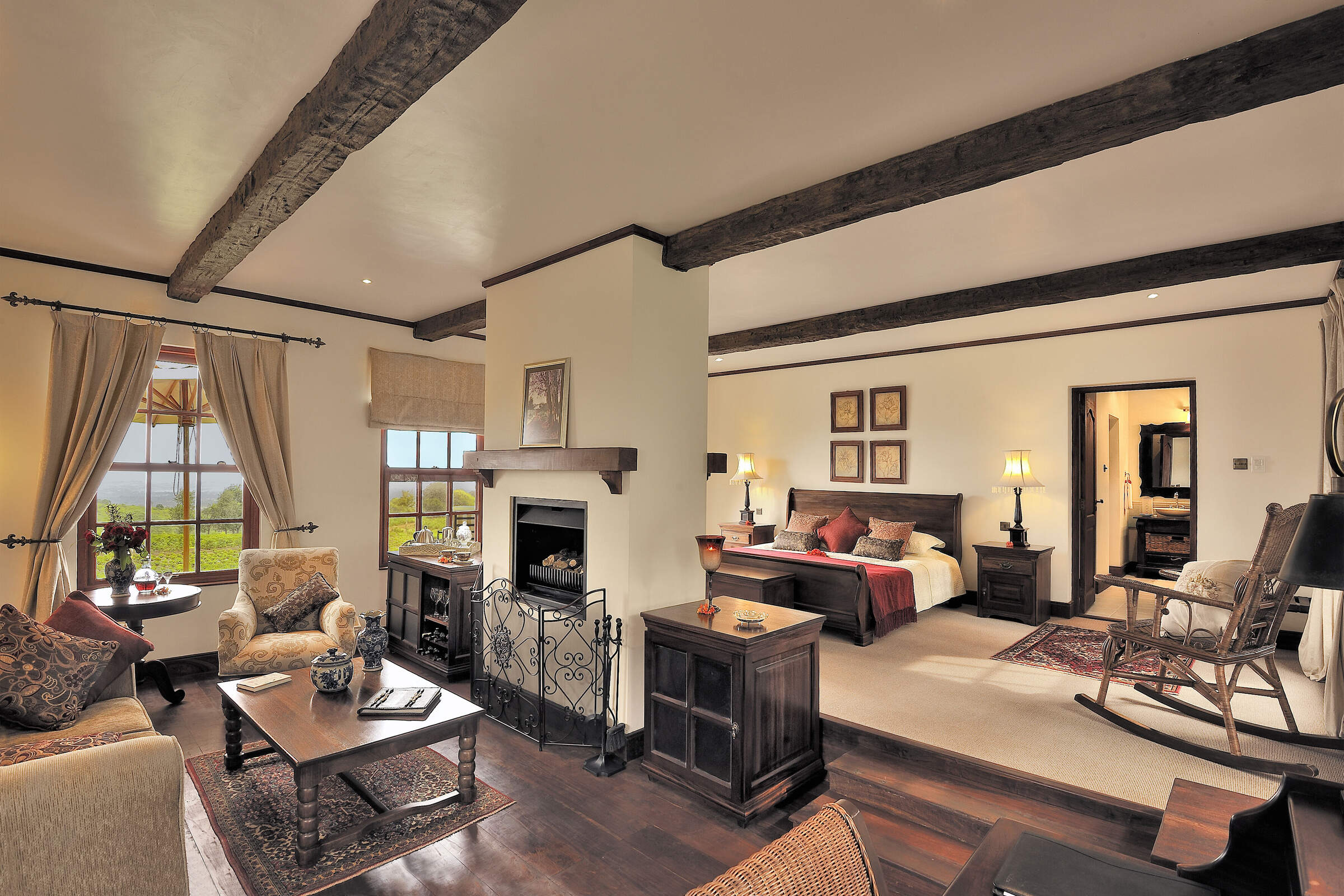
The Manor
The Manor is a smart, family-friendly Cape-Dutch-style lodge, offering high-quality service and food in very comfortable surroundings.
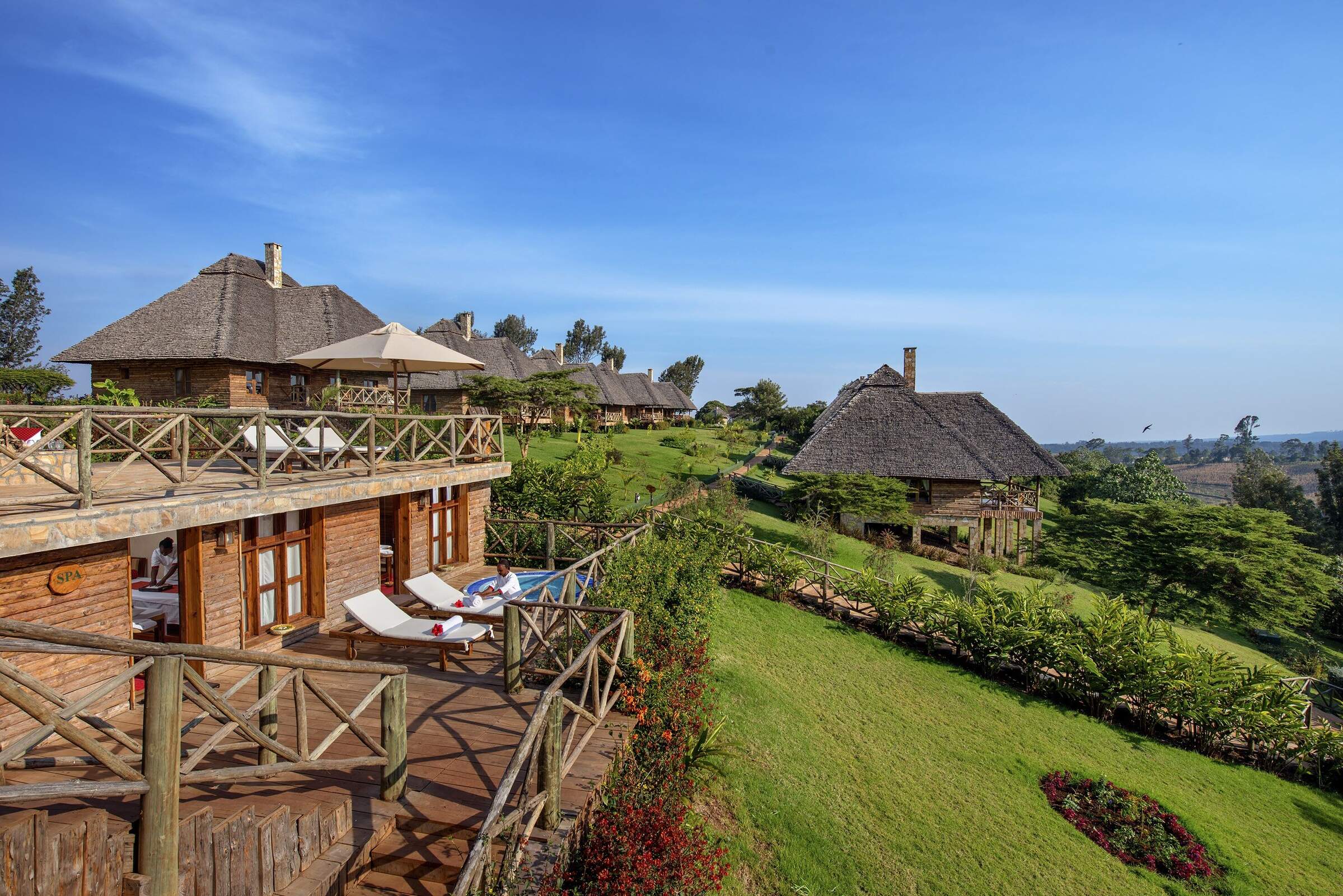
Neptune Ngorongoro
Neptune Ngorongoro Luxury Lodge is a smart hilltop lodge with log-style cottages set close to the Ngorongoro Conservation Area.
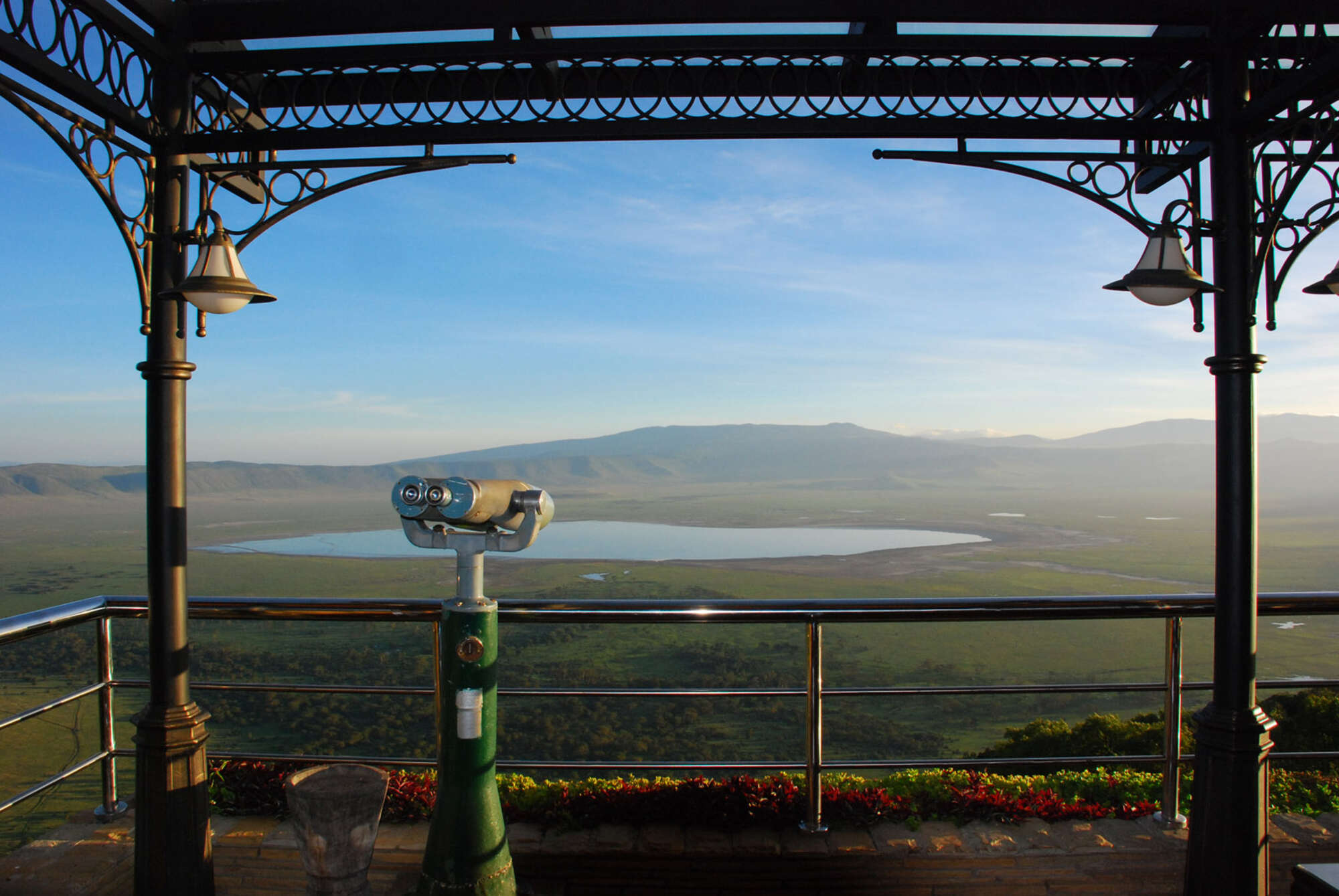
Wildlife Lodge
Stay at the Ngorongoro Wildlife Lodge while on road safari in Northern Tanzania's spectacular Ngorongoro Crater area.
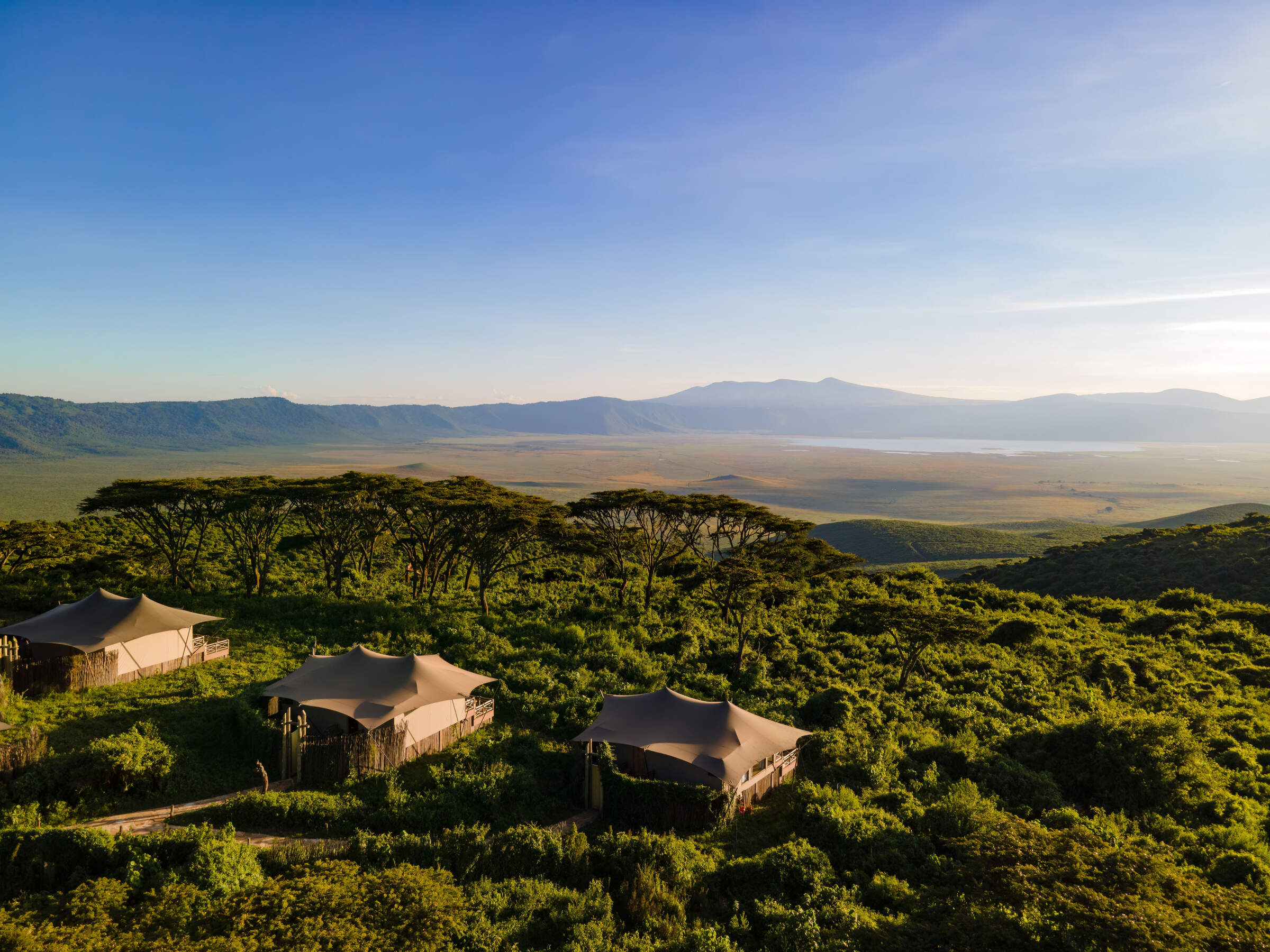
Crater's Edge
Craters Edge is an intimate luxury property on the north-eastern rim of the Ngorongoro Crater.
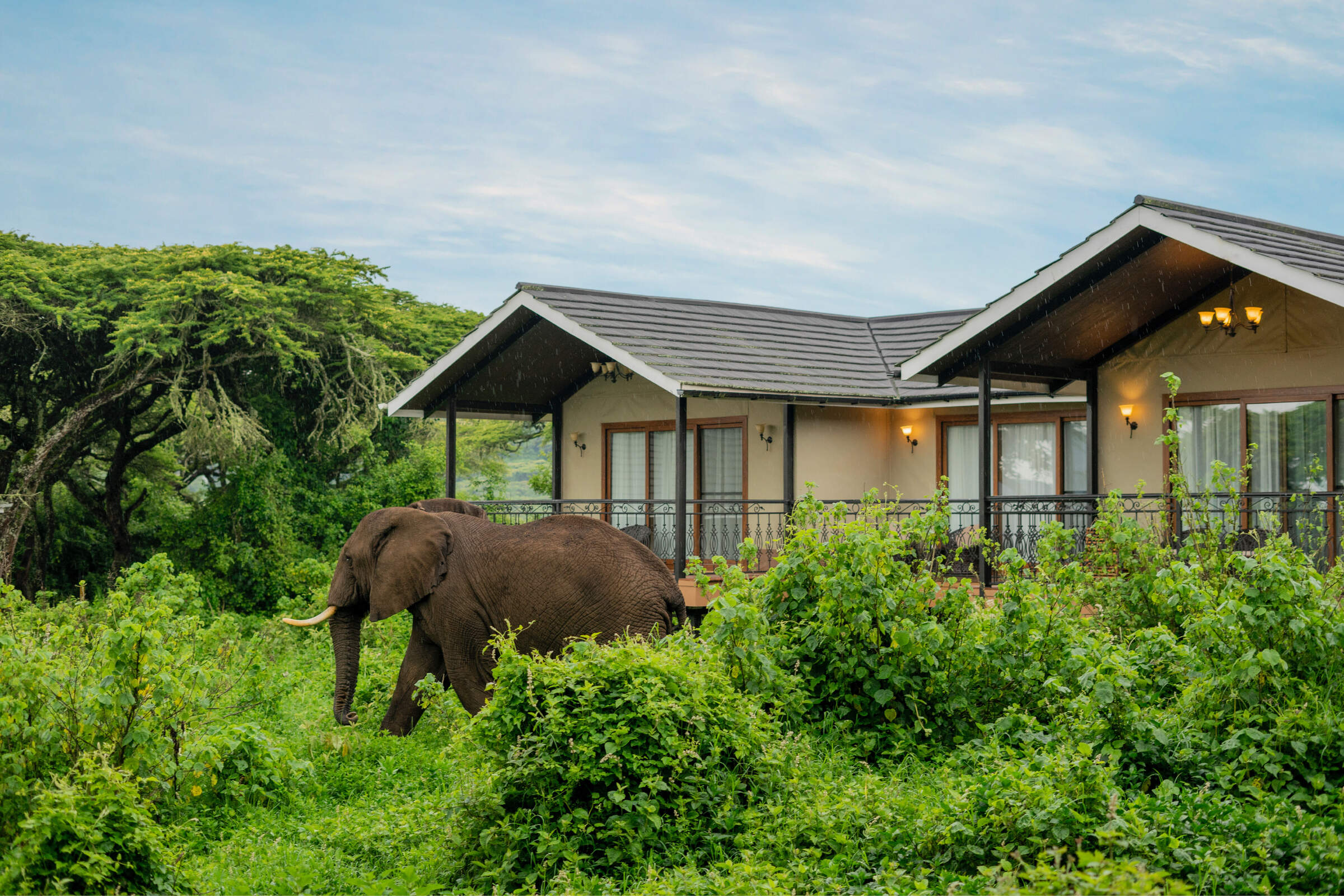
Lion's Paw
Located on the eastern rim of the Ngorongoro Crater, this camp has stunning panoramic views down onto the crater floor. A five minute drive to the nearest descent gate allows for early access into the crater, maximising on avoiding the large crowds
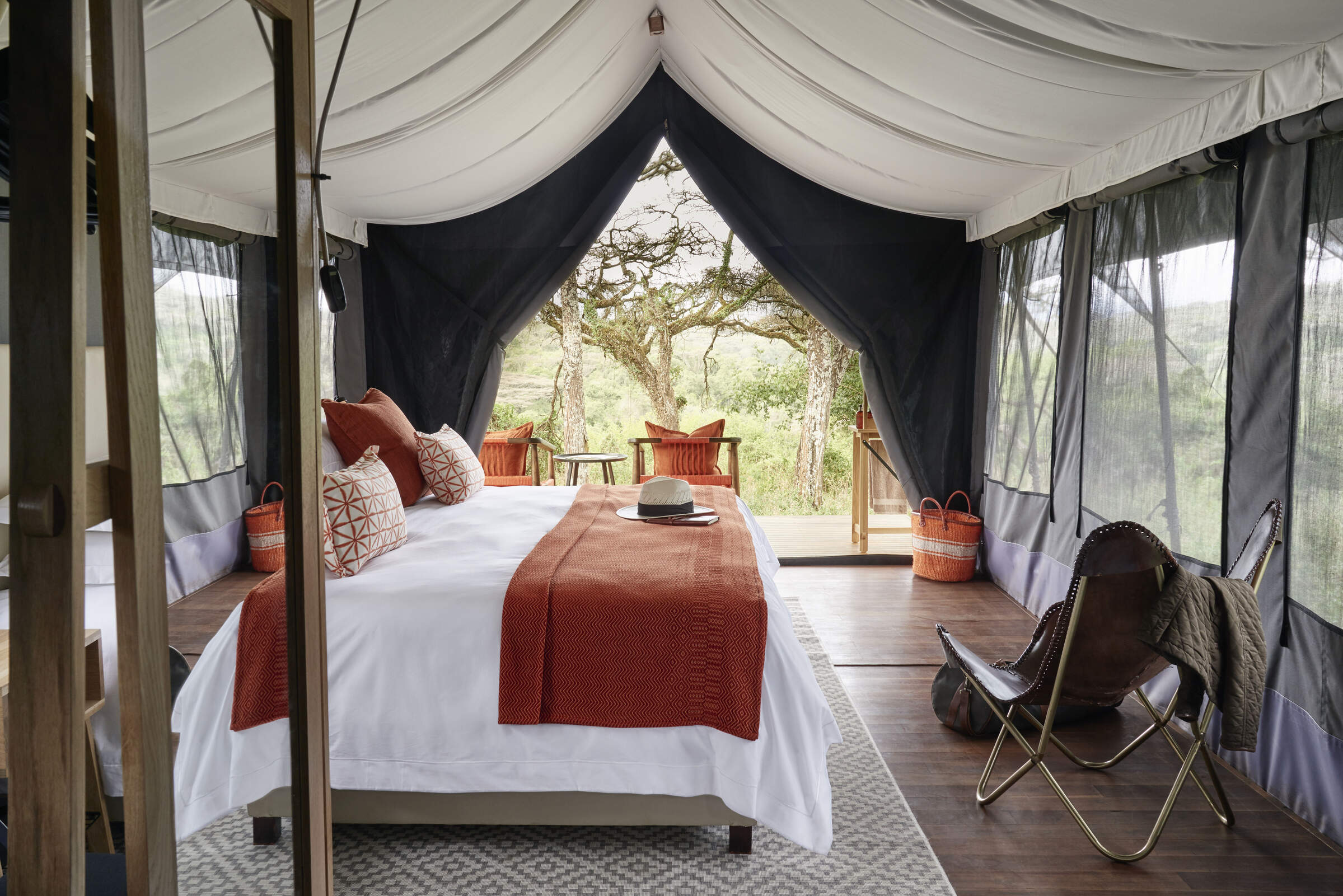
Sanctuary Ngorongoro Crater Camp
A small tented camp, located on the eastern side of the Ngorongoro Crater rim, with a five minute drive to crater descent gate.
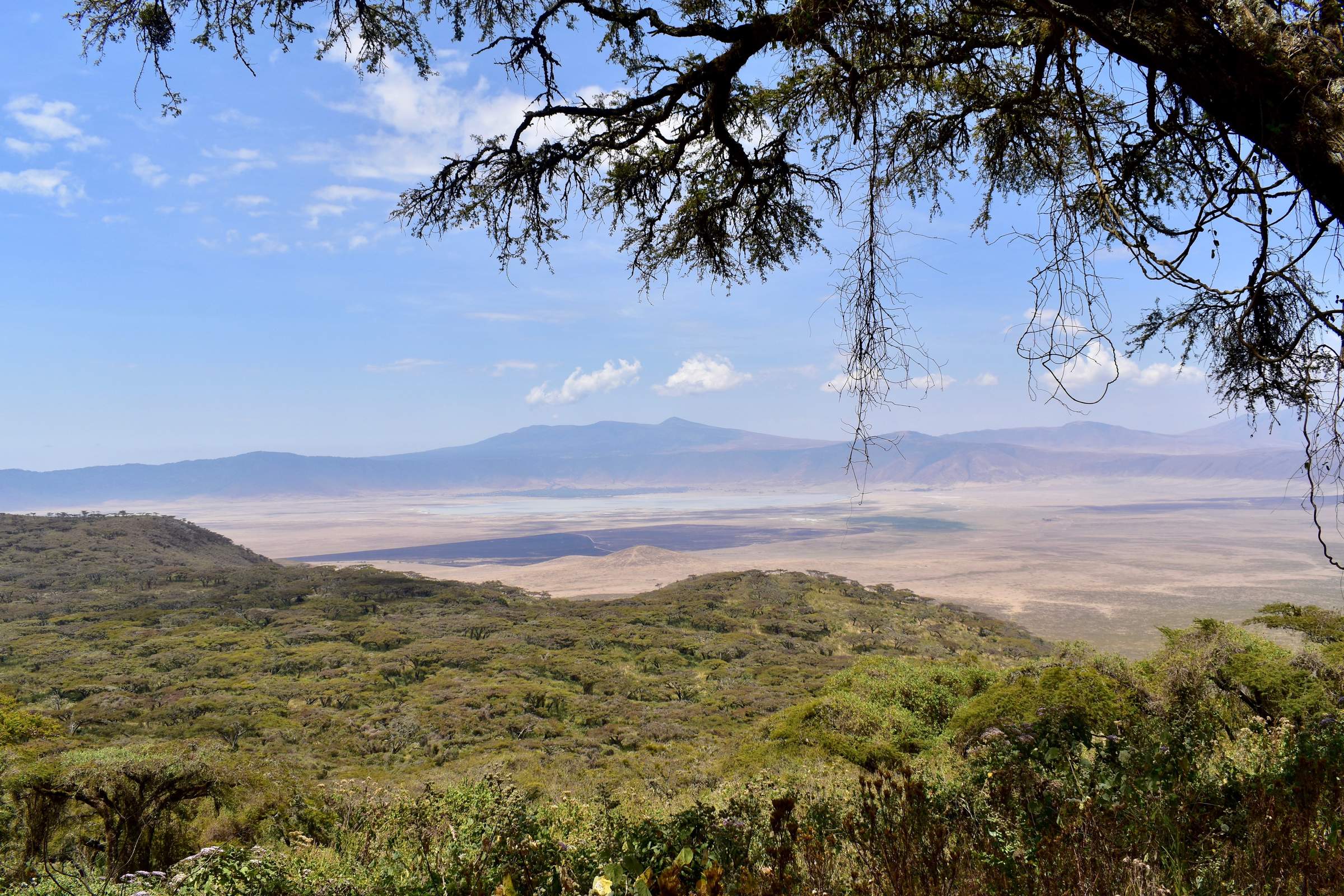
Ngorongoro Fly-Camp
Explore the remote northern rim of the Ngorongoro Crater on a two-day hike and spend the night in this small fly-camp.
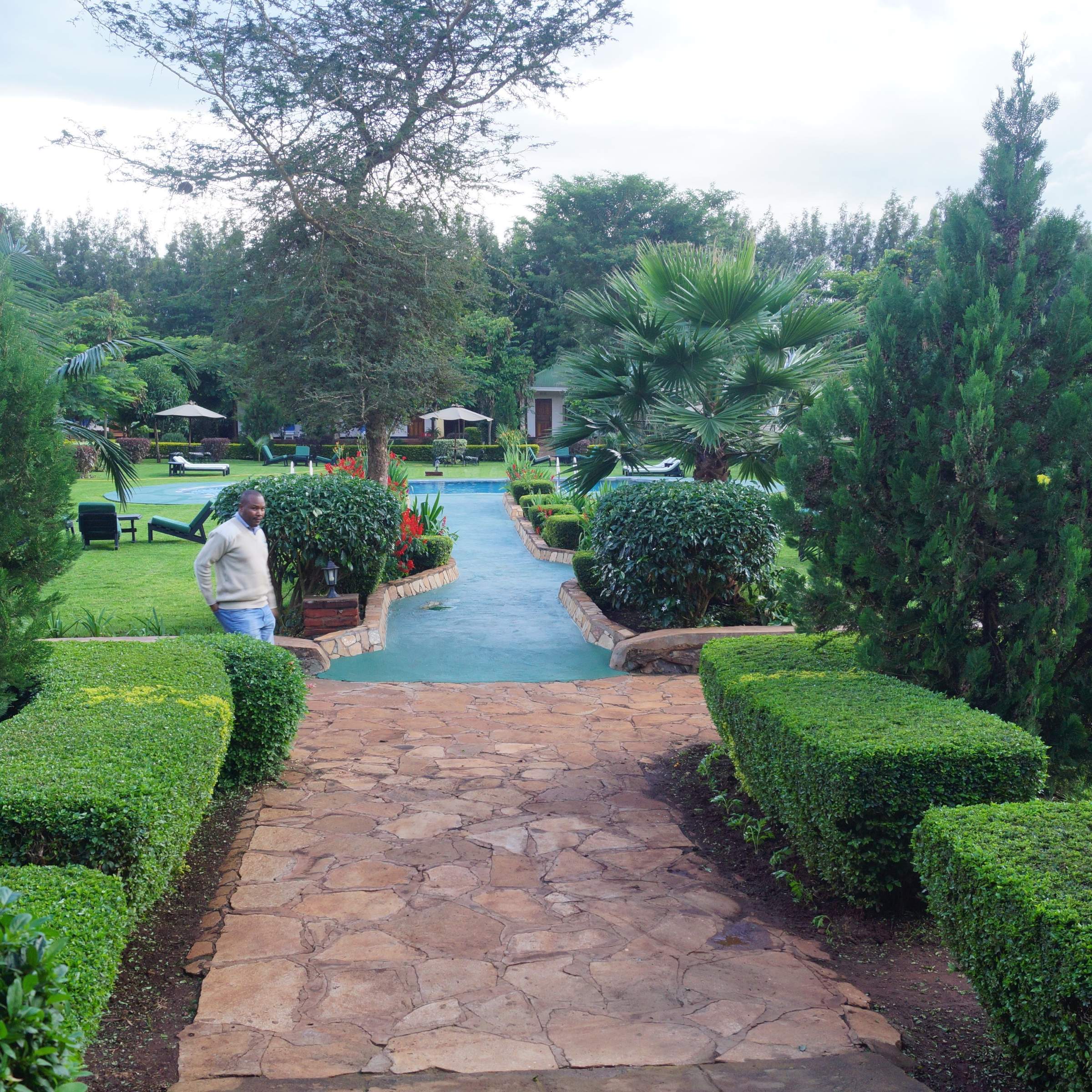
Country Lodge
Country Lodge is conveniently located on the edge of Karatu and provides a comfortable base for exploring Ngorongoro Crater or Lake Manyara.
When to go to Ngorongoro Crater
Our month by month guide: What it's like to visit The Highlands in Ngorongoro Crater
Jan
Feb
Mar
Apr
May
Jun
Jul
Aug
Sep
Oct
Nov
Dec
Ngorongoro Crater in January
January marks the start of the short dry season. The Ngorongoro Crater floor is teeming with wildlife, offering excellent game viewing opportunities. The calving season for wildebeest begins in the nearby Ndutu Plains, attracting predators and providing exciting wildlife spectacles. Birdlife is vibrant, with both resident and migratory species present. The Lerai Fever Tree Forest is lush, attracting elephants and various bird species.
While the crater can be busy due to the New Year period, it quietens down later in the month. The Olduvai Gorge archaeological site is less crowded, allowing for a more intimate exploration of human evolution history. January offers good value for visitors, with pleasant weather and diverse wildlife sightings across the conservation area.
- Variable weather: clear, dry, or rainy
- Calving season in Ndutu Plains begins
- Excellent time for birding in the crater
- Great Migration gathers in southern areas
- Busy early month, quieter towards the end
Our view
A good time to visit, with pros & cons
Weather in January
Ngorongoro Crater in February
February in Ngorongoro Conservation Area is characterised by warm, dry weather, making it an ideal time for game drives and hiking. The Ngorongoro Crater remains a wildlife hotspot, with large herds of zebras, wildebeests, and gazelles on the crater floor. The calving season continues in the Ndutu Plains, offering incredible opportunities to witness newborn animals and intense predator activity.
Birdwatching is excellent, especially around Lake Magadi, where flamingos and other water birds congregate. The Empakaai and Olmoti Craters provide serene hiking experiences with stunning views. February is also a great time to visit Maasai villages, as the dry weather makes travel easier. The Olduvai Gorge and Laetoli Footprints sites are less crowded, allowing for a more in-depth exploration of these significant archaeological areas.
- Hot and dry weather in the conservation area
- Peak of wildebeest calving in Ndutu Plains
- Crater and southern areas busy with tourists
- Lush green landscapes throughout the region
- Increased predator activity due to calving
Our view
A very good time to visit
Weather in February
Ngorongoro Crater in March
March sees the beginning of the long rainy season, though exact timing varies yearly. The Ngorongoro Crater remains accessible, with lush vegetation attracting diverse wildlife. As migratory animals start to disperse, game viewing can become more challenging but rewarding. The wildebeest migration may still be visible in parts of the conservation area. Lake Magadi and other water sources become increasingly important for wildlife, offering excellent birdwatching opportunities. The Lerai Fever Tree Forest is particularly beautiful during this time.
March is ideal for visiting the Olduvai Gorge, as the slightly wetter conditions can reveal fossils and artifacts. Cultural experiences at Maasai villages continue to be enriching. Some lodges may start to close for renovations, so it's advisable to check availability in advance.
- Hot with building humidity before rains
- Wildlife viewing varies as rains approach
- Quieter tourist season with lower rates
- Good for birding with migrant species present
- Great Migration begins to move northward
Our view
A good time to visit, with pros & cons
Weather in March
Ngorongoro Crater in April
April is usually the wettest month in Ngorongoro area, with heavy rains transforming the landscape. The Ngorongoro Crater floor becomes a lush paradise, with wildflowers blooming across the grasslands. Wildlife viewing can be challenging due to the dense vegetation, but patient observers can witness unique behaviours. Lake Magadi swells, attracting numerous water birds, including flamingos. The Lerai Fever Tree Forest is at its most verdant, providing shelter for various animals.
April is an excellent time for photography, with dramatic skies and vibrant landscapes. The Olduvai Gorge and other archaeological sites may have limited access due to rain. While some lodges close during this period, those that remain open offer significantly reduced rates, making it an affordable time to visit for budget-conscious travellers willing to brave wetter conditions.
- Heavy rains with impressive thunderstorms
- Some lodges may close due to accessibility
- Lowest rates and very few other tourists
- Lush, green landscapes in the crater
- Not the best time game viewing due to dispersal
Our view
This is not a great time to visit
Weather in April
Ngorongoro Crater in May
As the month of May progresses, there begins a gradual decrease in rainfall, though the landscape remains lush and green. The Ngorongoro Crater floor is teeming with life, as animals take advantage of the abundant vegetation. Birdwatching is exceptional, particularly around Lake Magadi and the Lerai Fever Tree Forest. The Empakaai and Olmoti Craters offer stunning hiking experiences, with waterfalls and streams at their most impressive, though it can be muddy and slippery underfoot. Wildlife viewing improves as the month progresses and vegetation begins to thin.
May is an excellent time to visit the Olduvai Gorge and Laetoli Footprints, as the slightly damp conditions can reveal hidden fossils. Cultural visits to Maasai villages provide insights into how local communities adapt to seasonal changes. With fewer tourists, May offers a more intimate safari experience and the opportunity to enjoy Ngorongoro's beauty in relative solitude.
- Heavy rains continue with dramatic skies
- Quiet month, ideal for avoiding crowds
- Crater floor lush and green with long grass
- Wildlife more dispersed, fewer sightings
- Lower prices make safaris more affordable
Our view
This is not a great time to visit
Weather in May
Ngorongoro Crater in June
June marks the beginning of the dry season in Ngorongoro, with clearer skies and cooling temperatures. The Ngorongoro Crater becomes a wildlife haven as animals concentrate around remaining water sources. Game drives in the crater offer excellent opportunities to spot the Big Five. The Ndutu Plains start to dry out, concentrating wildlife and making them easier to spot.
Birdwatching remains rewarding, especially around Lake Magadi. The Lerai Fever Tree Forest provides a beautiful backdrop for wildlife photography. June is an ideal time for hiking in the Empakaai and Olmoti Craters, with comfortable temperatures and clearer trails. The Olduvai Gorge and other archaeological sites are easily accessible. As the shoulder tourist season begins, lodges reopen and offer a wide range of accommodation options.
- Variable weather: clear, dry, or some rain
- Wildlife starts to concentrate near water
- Parks still green but grass getting shorter
- Moderate visitor numbers in the crater
- Good value with shoulder season prices
Our view
A good time to visit, with pros & cons
Weather in June
Ngorongoro Crater in July
July is a prime month for visiting Ngorongoro, with dry weather and excellent wildlife viewing. The Ngorongoro Crater floor is bustling with activity as large herds of wildebeest, zebras, and gazelles graze on the short grass. Predator sightings, including lions and hyenas, are frequent. Lake Magadi attracts numerous flamingos and other water birds. The Lerai Fever Tree Forest provides shade for elephants and various bird species.
July is perfect for hiking adventures to the Empakaai and Olmoti Craters, offering breathtaking views. The Olduvai Gorge and Laetoli Footprints sites are easily accessible, providing fascinating insights into human evolution. Cultural visits to Maasai villages are particularly rewarding. However, the excellent conditions mean the area can get crowded, especially in the crater, so early bookings are essential.
- Dry and warm days, chilly mornings/evenings
- Excellent wildlife viewing in the crater
- Peak tourist season with high visitor numbers
- Higher prices due to prime conditions
- Book well in advance for crater lodges
Our view
Fantastic: the very best time to visit
Weather in July
Ngorongoro Crater in August
August in Ngorongoro offers superb safari conditions with clear skies and comfortable temperatures. The Ngorongoro Crater remains the focal point, with dense wildlife populations and excellent visibility. Predator sightings are frequent, with lions, leopards, and cheetahs often spotted. Lake Magadi is a hive of activity, with large flocks of flamingos creating a pink spectacle. The Lerai Fever Tree Forest provides a picturesque setting for wildlife photography.
August is ideal for exploring the Empakaai and Olmoti Craters on foot, with stunning vistas and diverse flora. The Olduvai Gorge and other archaeological sites offer fascinating excursions. However, August is peak season, so the crater can be crowded, and advance bookings are crucial for accommodations and activities.
- Dry weather continues, chilly mornings
- Superb wildlife viewing opportunities
- Very busy, especially in the crater area
- Advance booking essential for accommodations
- Consider exploring less crowded areas
Our view
Fantastic: the very best time to visit
Weather in August
Ngorongoro Crater in September
September in Ngorongoro offers excellent safari conditions as the dry season continues. The Ngorongoro Crater floor teems with wildlife, concentrated around remaining water sources. This month provides some of the best opportunities to spot the Big Five in close proximity. Lake Magadi attracts numerous flamingos and other water birds, creating spectacular scenes. The Lerai Fever Tree Forest is a haven for elephants and various bird species.
September is ideal for hiking adventures to the Empakaai and Olmoti Craters, with clear skies offering breathtaking views. The Olduvai Gorge and Laetoli Footprints sites are easily accessible, providing fascinating insights into human evolution. Cultural visits to Maasai villages remain rewarding. While still part of the high season, September tends to see slightly fewer visitors than July and August, especially as the month progresses, offering a more relaxed safari experience.
- Fantastic wildlife viewing continues
- Parks slightly quieter than peak months
- Crater floor becomes drier, less vegetation
- Cool mornings and evenings, warm days
- Prices remain high due to good conditions
Our view
Fantastic: the very best time to visit
Weather in September
Ngorongoro Crater in October
October in Ngorongoro is nearing the end of the dry season, providing excellent wildlife viewing opportunities. The Ngorongoro Crater floor is teeming with animals concentrated around diminishing water sources, offering frequent sightings of lions, elephants, and rhinos. Lake Magadi becomes a crucial water source, attracting diverse birdlife. The Lerai Fever Tree Forest provides essential shade for wildlife.
October is ideal for hiking in the Empakaai and Olmoti Craters, with clear skies offering stunning views. The Olduvai Gorge and other archaeological sites are easily accessible. With fewer tourists than peak months, October offers a balance of excellent wildlife viewing and more moderate visitor numbers.
- Mostly dry with chance of occasional storms
- Excellent game viewing in drier landscape
- Lower visitor numbers than earlier months
- Very good time to visit the crater
- Consider hot air balloon safaris for views
Our view
A very good time to visit
Weather in October
Ngorongoro Crater in November
November in Ngorongoro typically sees the start of the short rains, bringing new life to the area. The Ngorongoro Crater floor begins to green, attracting diverse wildlife. Game viewing remains good, with animals still concentrated around water sources. Lake Magadi and other water bodies start to fill, attracting migratory birds. The Lerai Fever Tree Forest becomes lusher, providing shelter for various species.
November offers unique photographic opportunities with dramatic skies and rejuvenated landscapes. Cultural experiences at Maasai villages provide insights into seasonal adaptations. November can offer great value for money, with the chance to experience both dry and wet season conditions.
- Variable weather: clear, dry, or some rain
- Parks quieter, prices lower than peak season
- Good wildlife sightings as short rains begin
- Early migrants arrive in the crater area
Our view
A good time to visit, with pros & cons
Weather in November
Ngorongoro Crater in December
December in Ngorongoro brings a mix of short rains and dry periods, creating a dynamic environment. The Ngorongoro Crater floor is lush and green, attracting diverse wildlife. Game viewing is excellent, with good chances of spotting the Big Five. Lake Magadi fills further, hosting numerous flamingos and water birds. The Lerai Fever Tree Forest is vibrant with new growth.
December marks the beginning of the wildebeest arriving into the nearby Ndutu Plains, attracting predators. Birdwatching is particularly rewarding with both resident and migratory species present. The Olduvai Gorge and other archaeological sites offer fascinating excursions between rain showers. While the festive season brings more visitors, early December can offer good value. Advance booking is essential for the holiday period.
- Variable weather with occasional rain
- Good game viewing in the crater
- Quiet early month, very busy end of month
- Prices rise sharply for holiday period
- Great Migration starts returning to the south
Our view
A good time to visit, with pros & cons
Weather in December

Looking for inspiration on where to travel next?
Visit our trip chooser to explore your options and find inspiration for your perfect African adventure
Inspire me